
Creation: A Language
.webp)
Over the weekend I sat in a Kabbalah seminar led by David Ghiyam, and the strangest, loveliest thing happened: the whole room seemed to speak the same language I do.
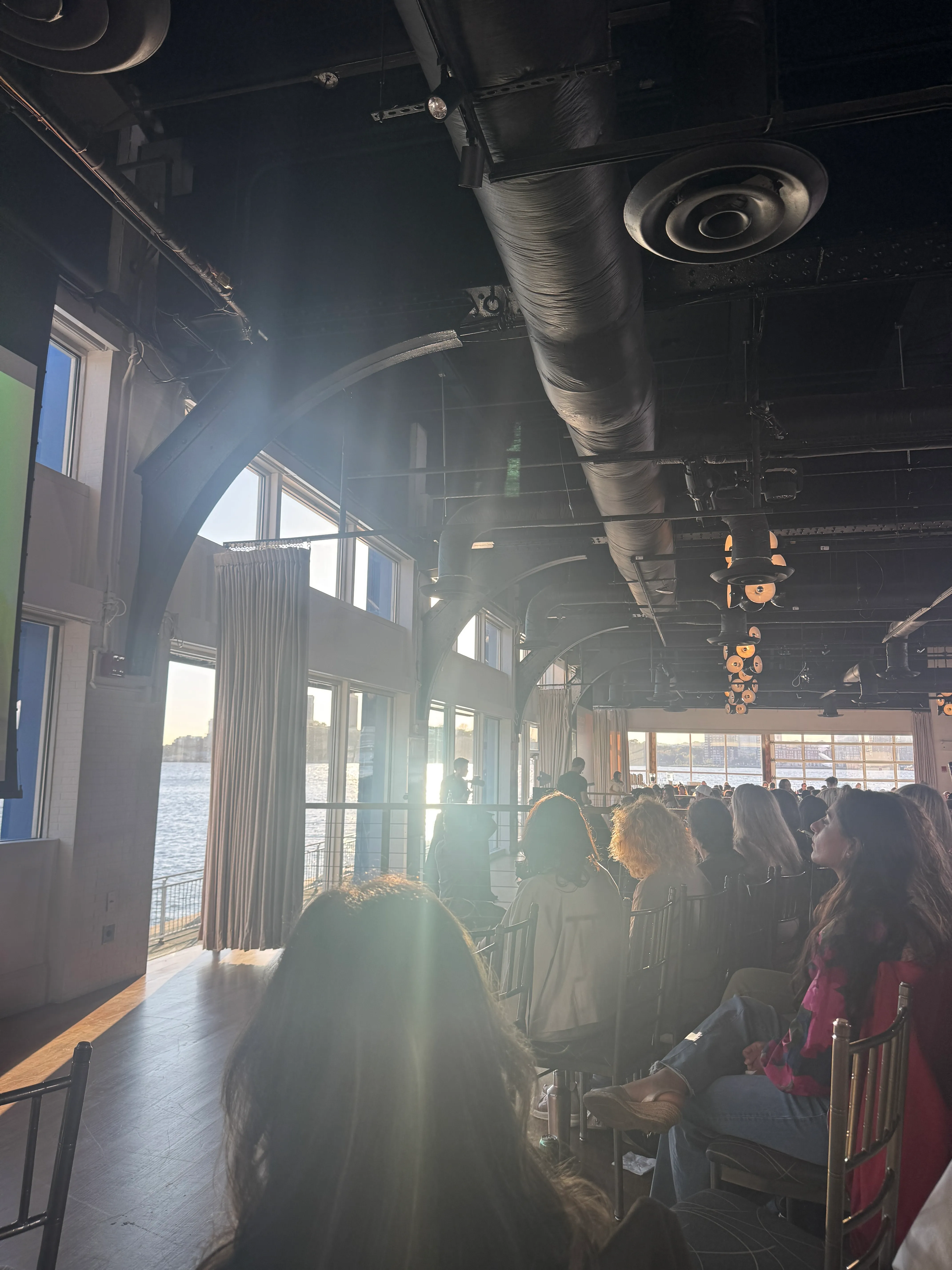
Not a shared tongue so much as a shared frequency—light, kindness, honesty, the effort to meet whatever’s on our path with as much grace as we can.
It reminded me that language isn’t only words. It’s resonance. And creation might be the clearest form of that language—maybe even the highest vibration we have. When we make something (a space, a sketch, a meal, a moment), we’re saying what words alone can’t carry. We’re turning intention into form.
David put it simply during the seminar: we’re always creating—through what we choose, where we place attention, and how we show up. That line stuck. It’s less about doctrine and more about design—the way we design a day, a relationship, a room, a life.
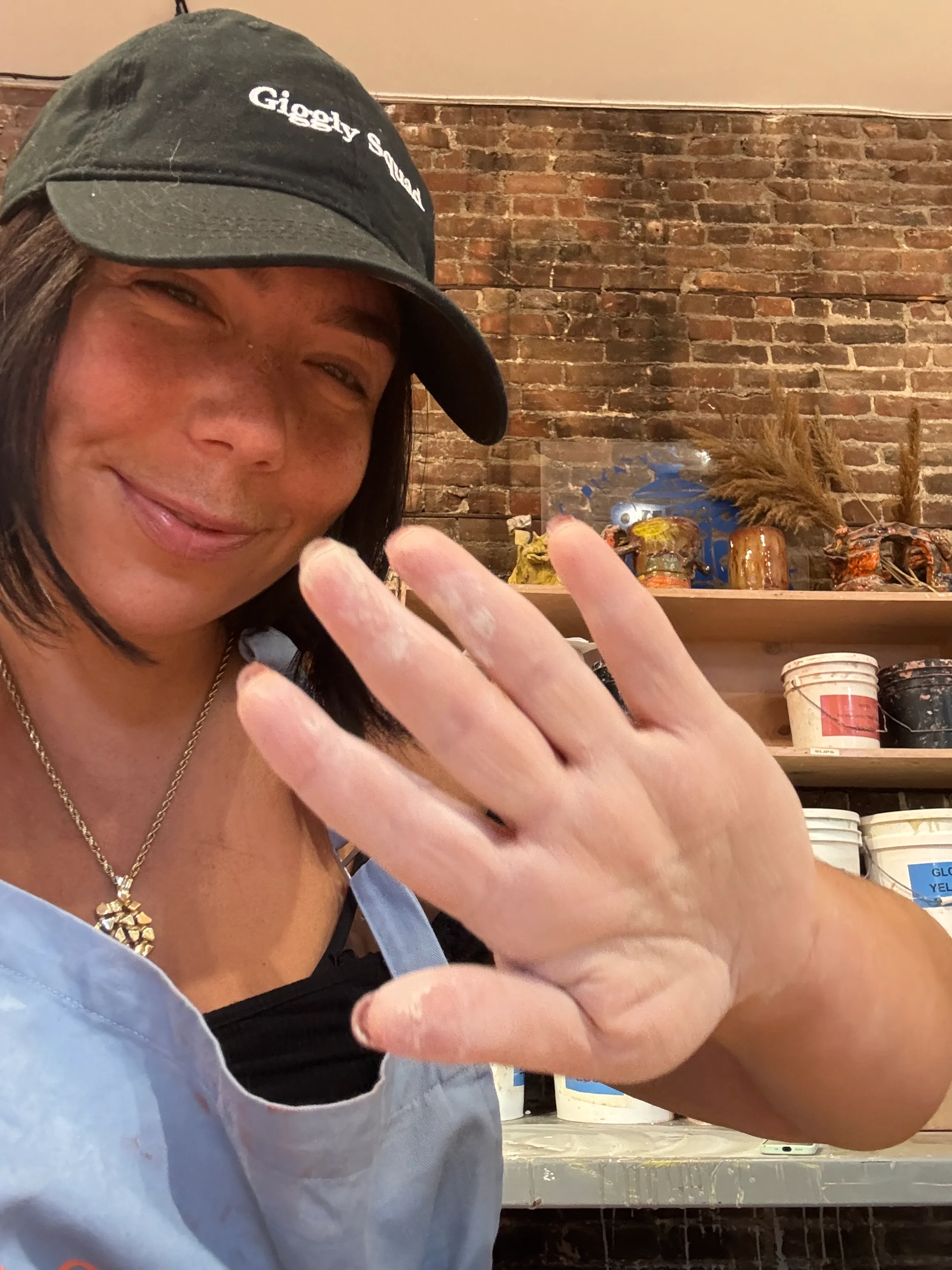
The Dialects of Design
Design has its own languages—distinct moods and rhythms that shape how we feel:
- Minimalism — restraint and quiet; negative space as punctuation.

- Maximalism — story and abundance; pattern, color, memory layered without apology.
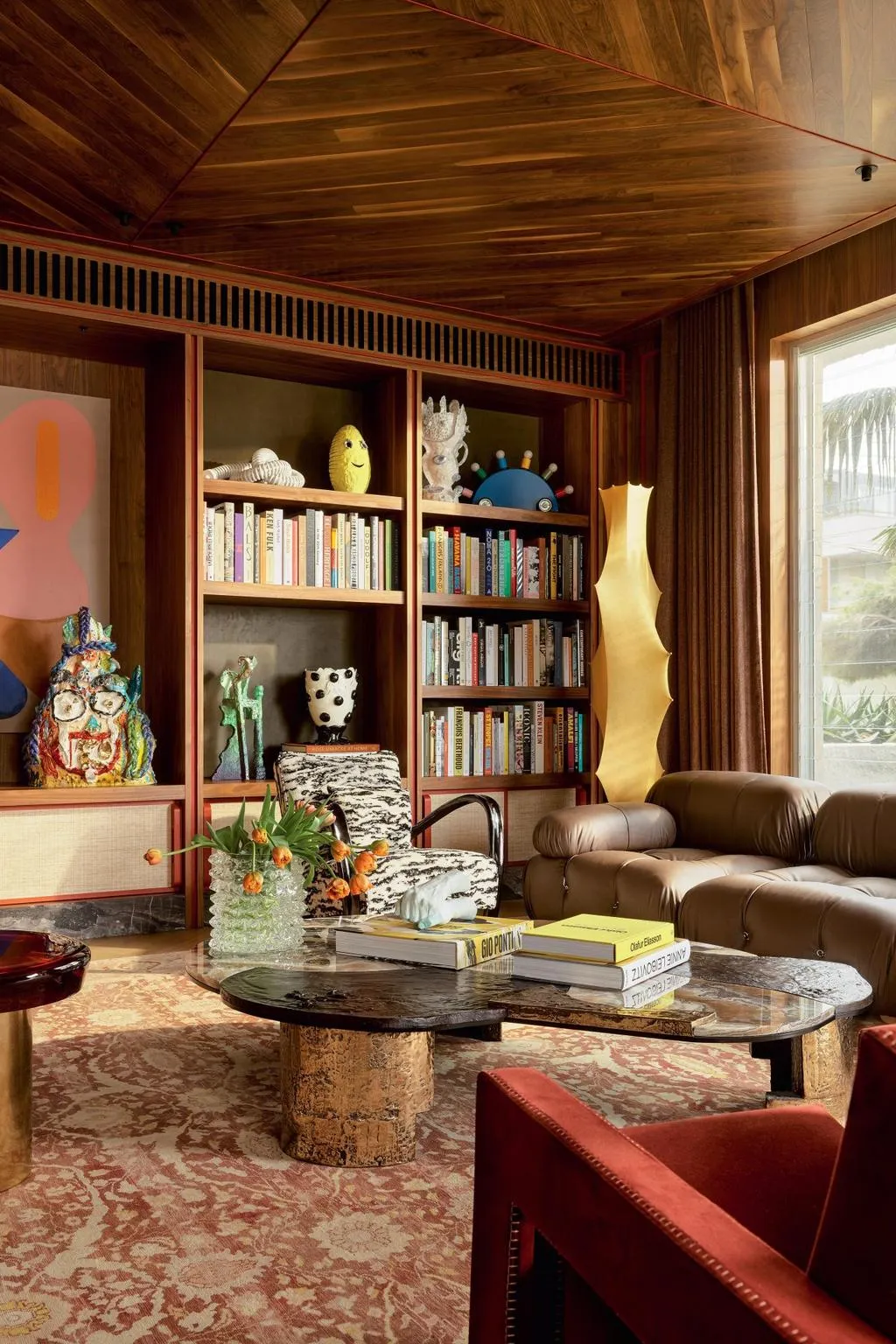
- Brutalism — blunt honesty; material truth, weight, structure in full view.
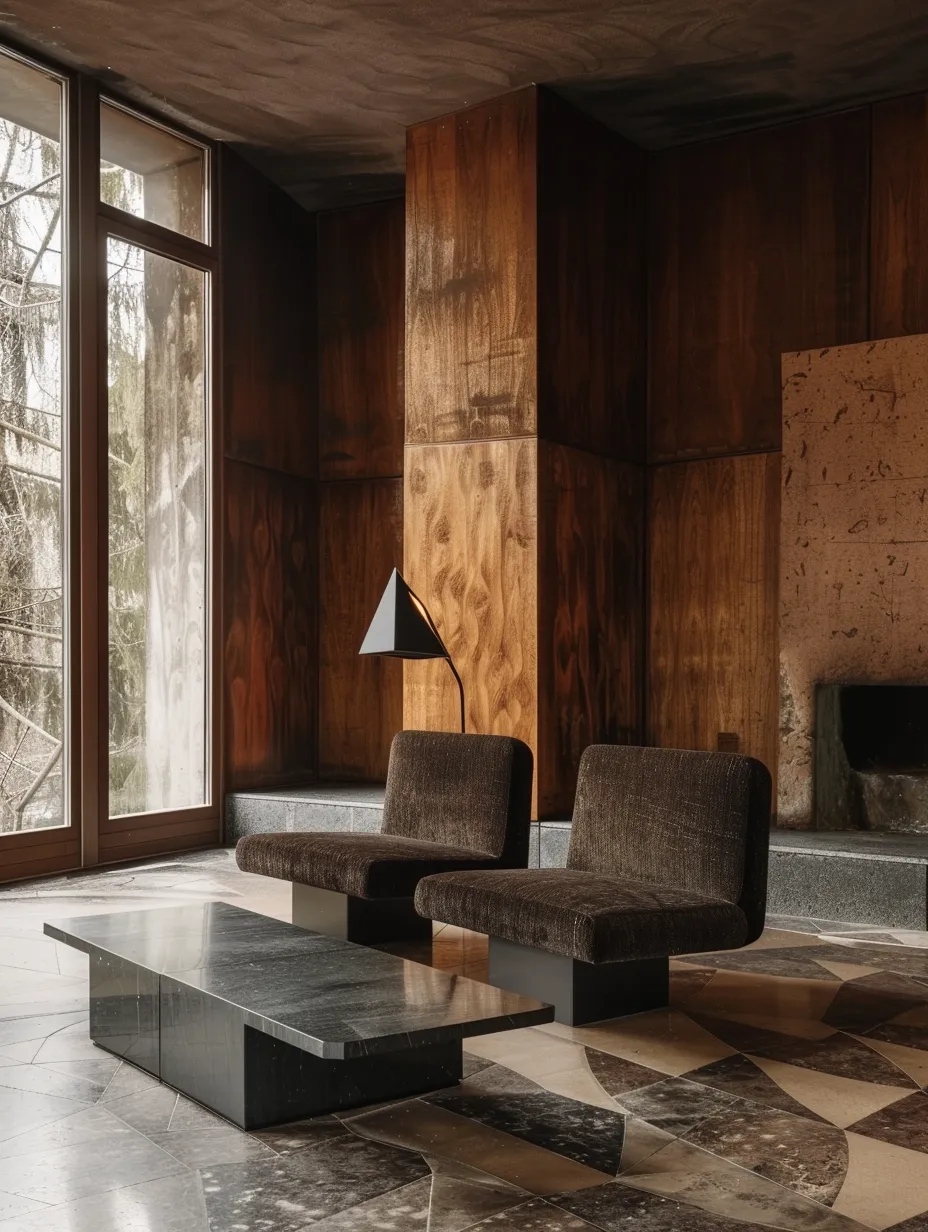
- Organic modernism — soft curves, natural textures; grounded, human, calm.
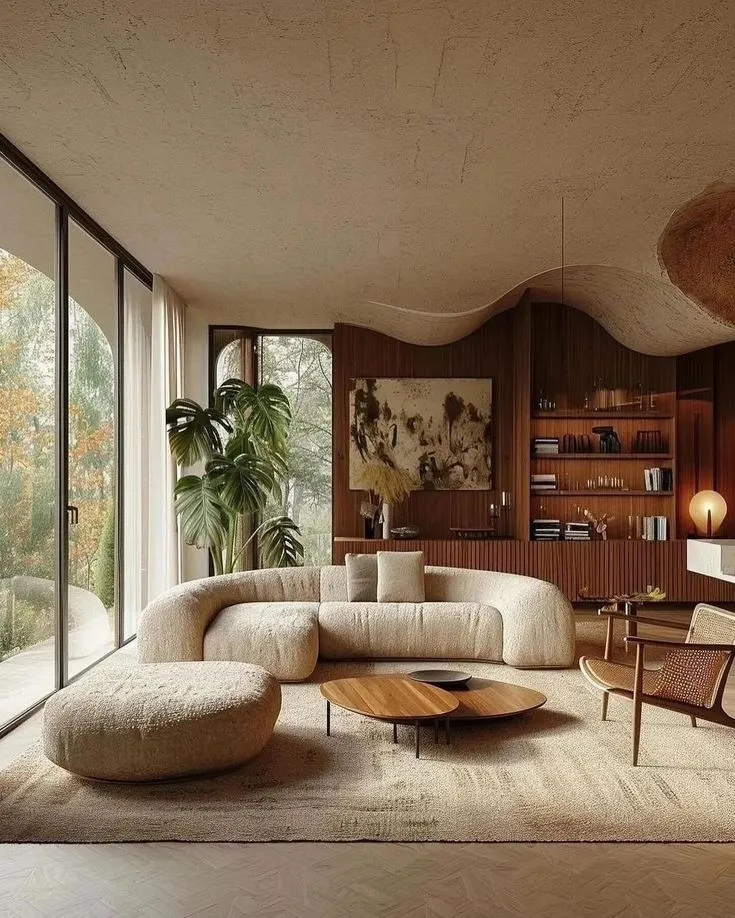
- Midcentury — carries a confident, optimistic tone: clean lines, warm woods, geometric forms, a balance of function and style.
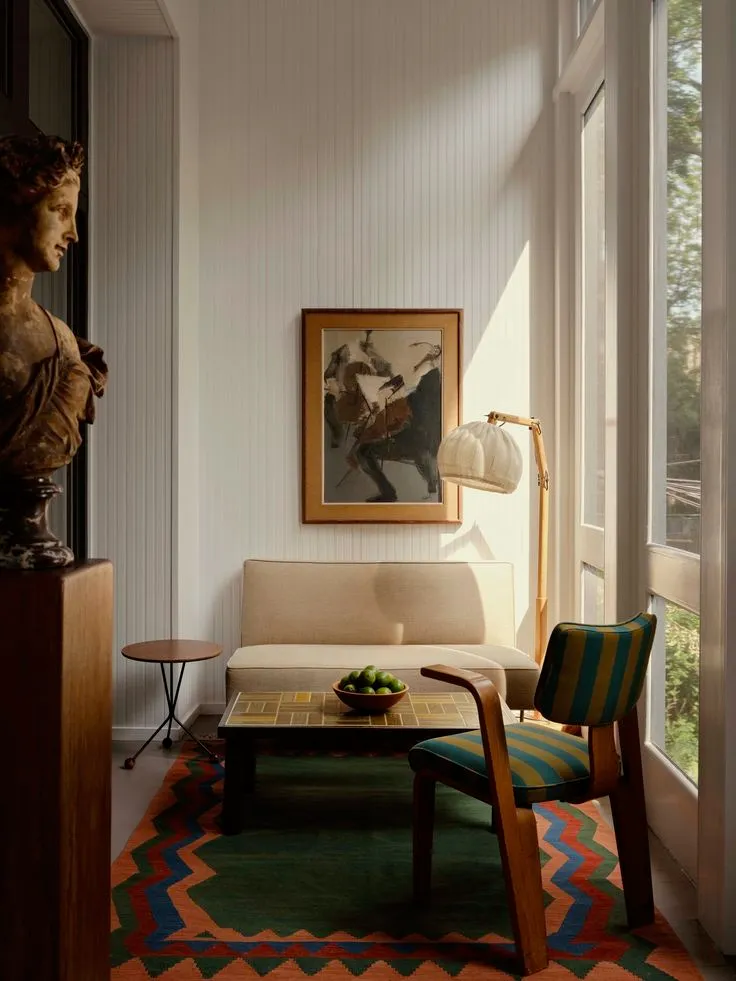
- Eclecticism — joyful code-switching; eras and influences held together by attitude.
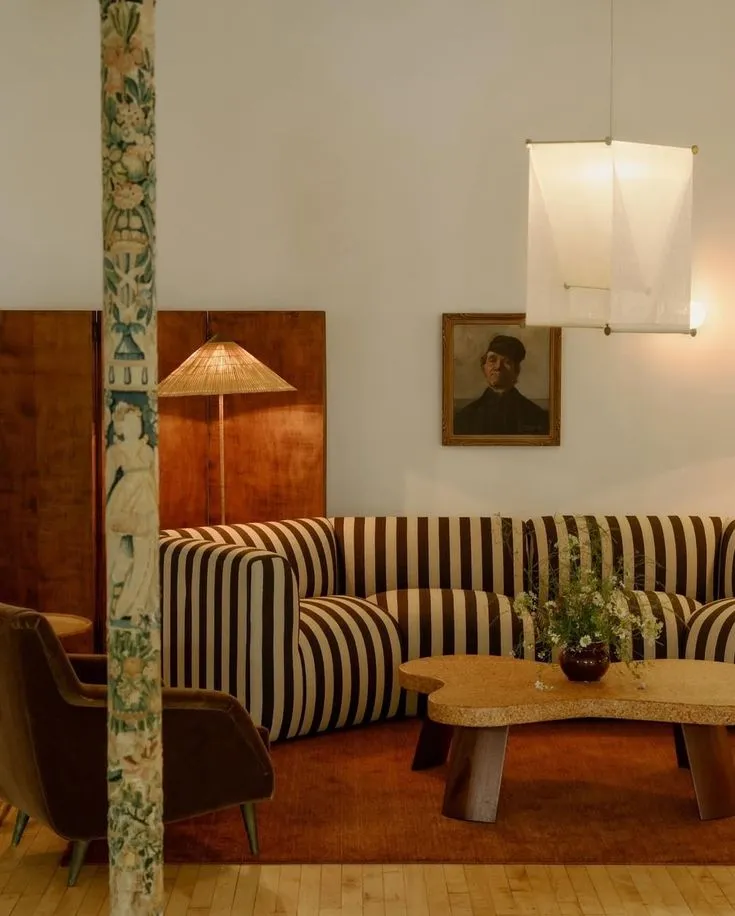
Just like spoken languages, each of us has a dialect we feel most at home in. Some thrive in the clarity of Minimalism, where every object breathes. Others feel alive in Maximalism, surrounded by color and pattern that mirror their own layered stories. For some, the raw honesty of Brutalism resonates, while others soften into the warmth of Organic Modernism.
When you step into a space that speaks your dialect, something clicks. You don’t have to translate—you just feel understood. The room mirrors your inner rhythm. The same way I felt sitting in that seminar, hearing people speak a language of light and resilience that matched my own, design can offer that same sense of recognition. It’s not only about aesthetics—it’s about belonging.
Speaking It, Daily
A few small practices that keep the “creation language” clear:
- Set an intention before you make: What do I want this to say or feel like?
- Choose the dialect that fits the story—whisper, sing, or provoke on purpose.
- Leave room for listening—to place, to people, to the moment—so the work can answer back.
When we create with intention, we’re not decorating; we’re communicating.
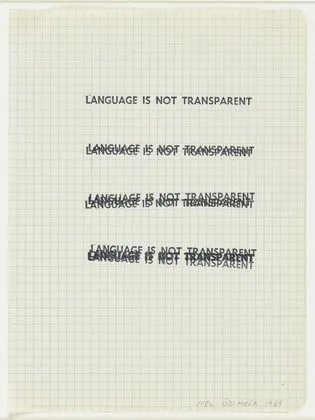
Final Thoughts
The next time you begin something, ask: What language am I choosing to speak here?
Because creation is the highest vibration we get to play with—and every act of making is a chance to say something true.
💌Elle
P.S. When was the last time you stepped into a room where the people or the design spoke your language? How did it make you feel?
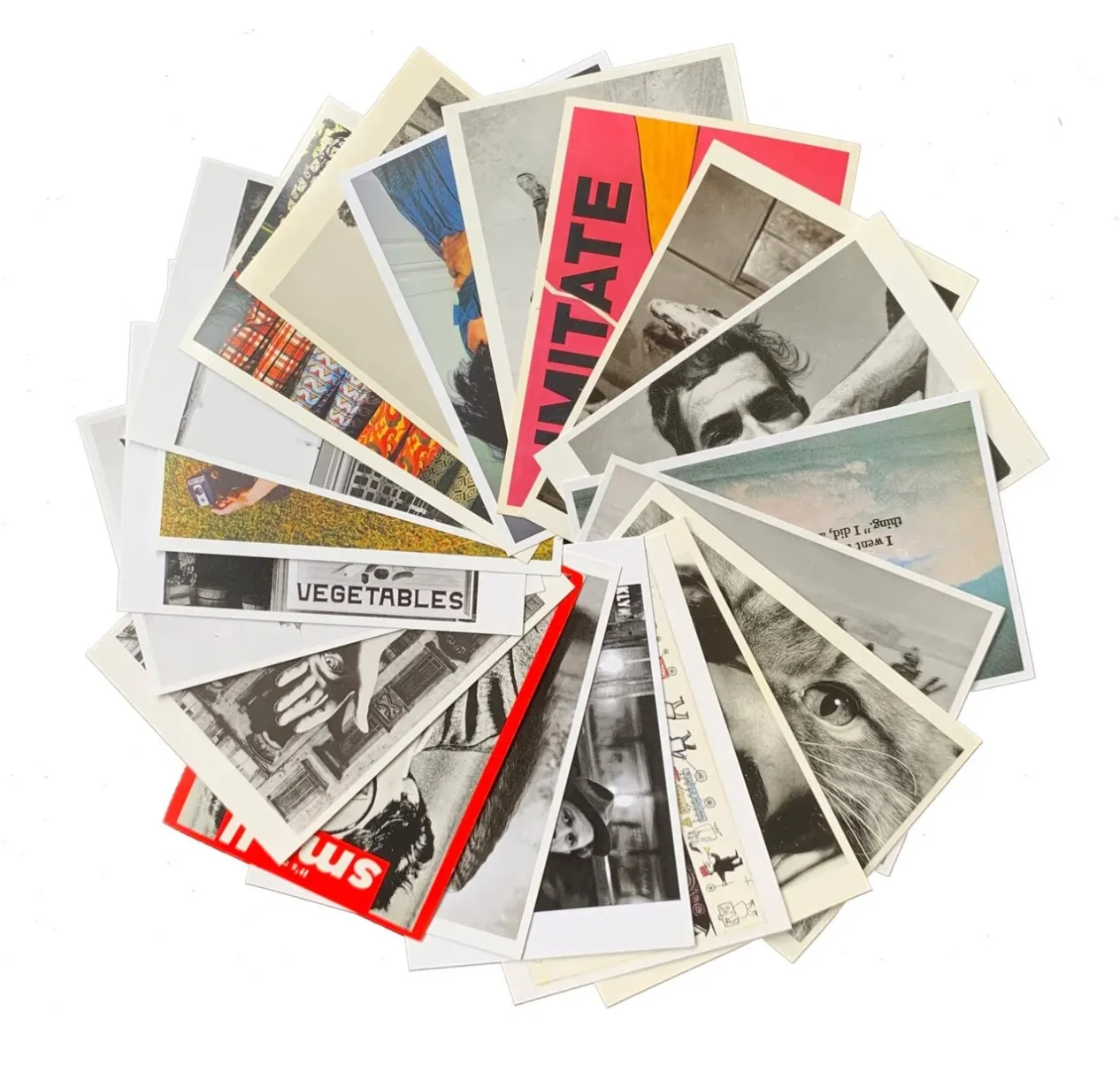



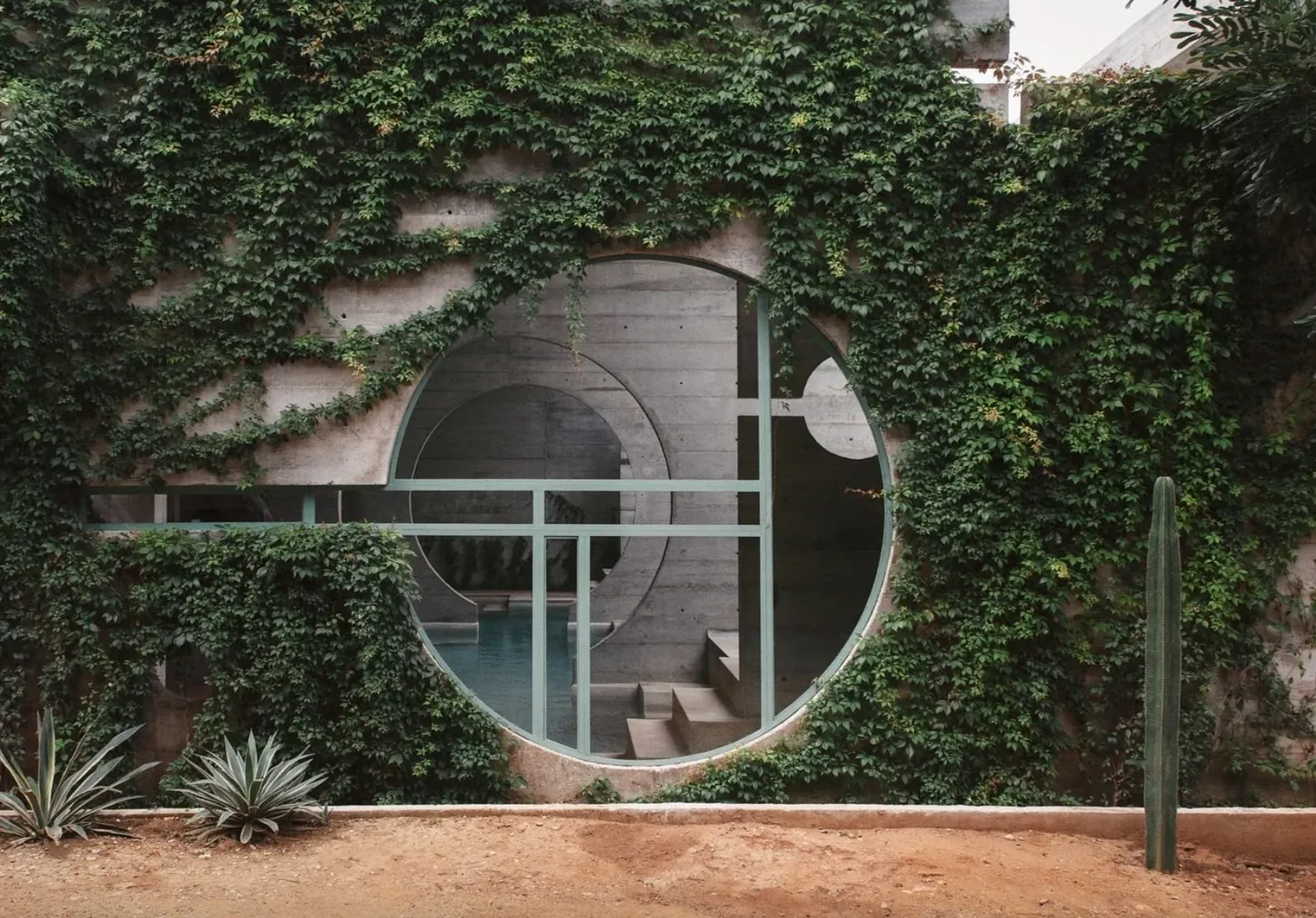
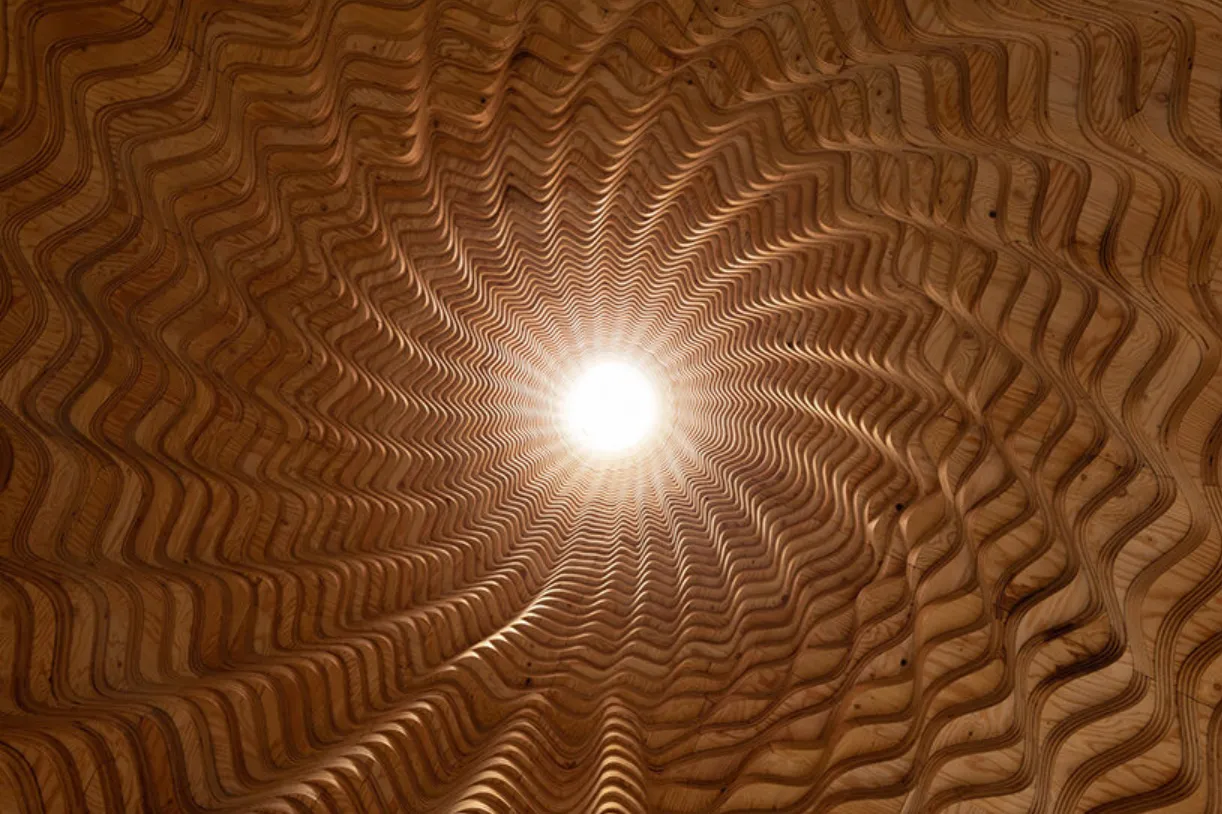
.svg)
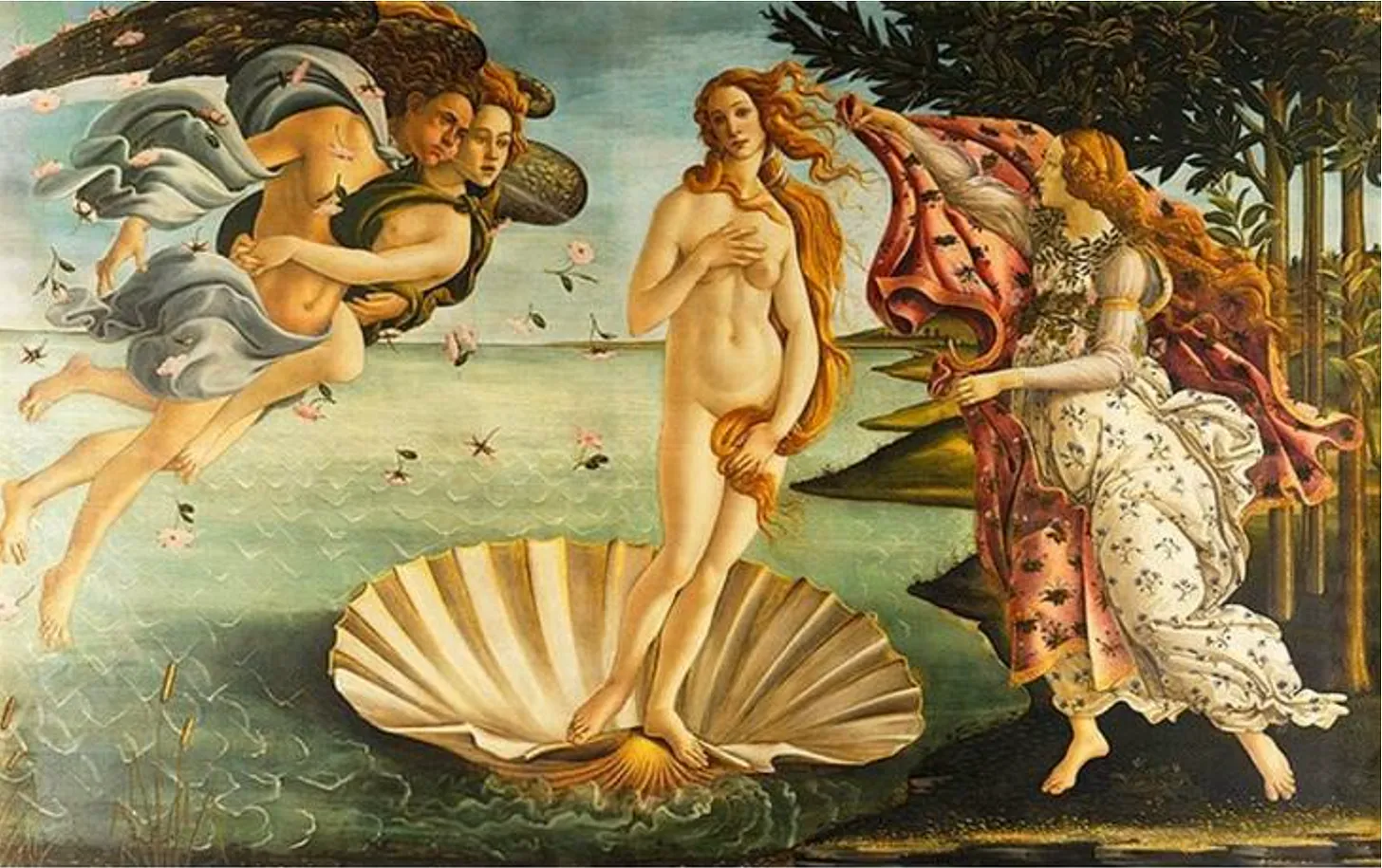
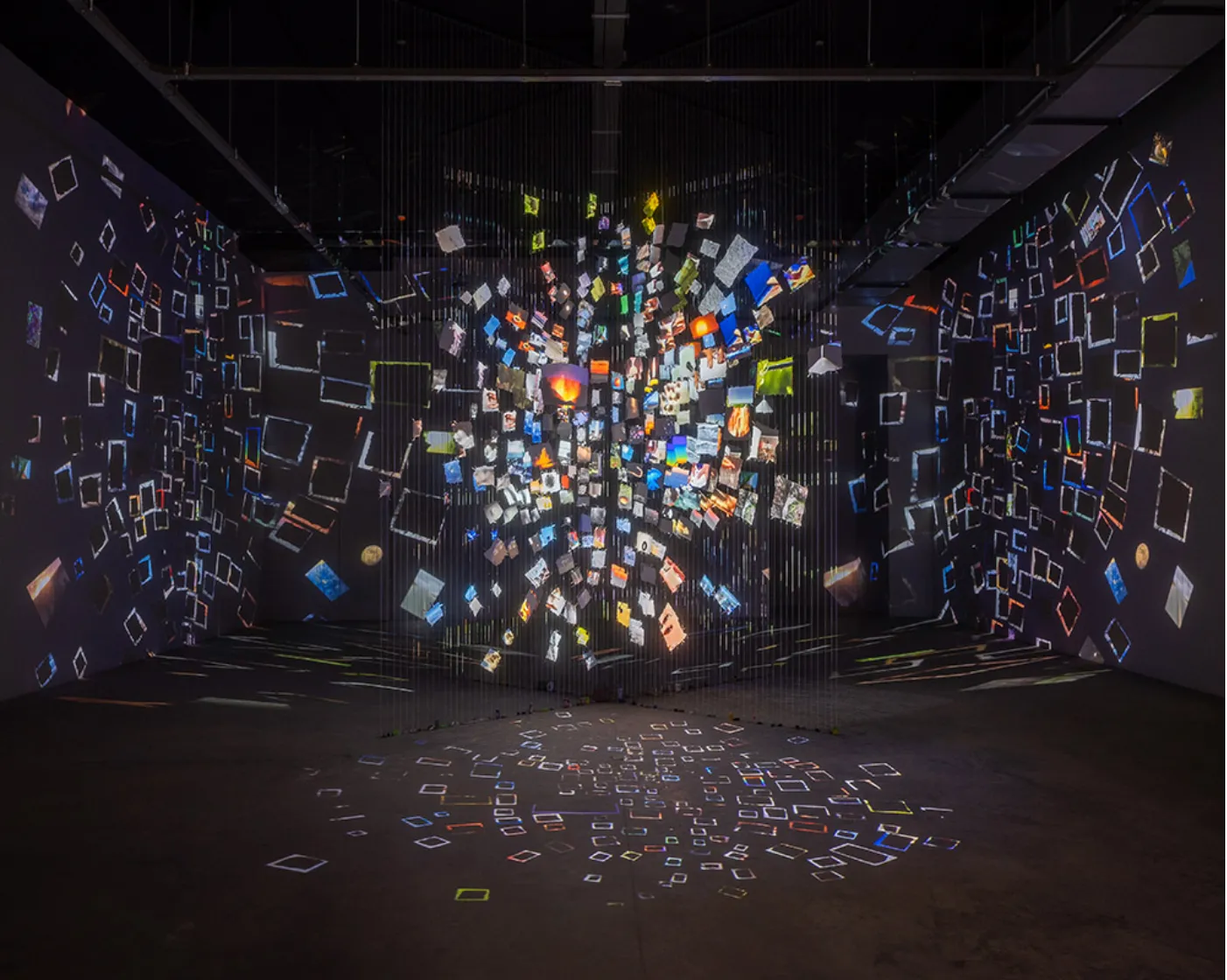
.svg)
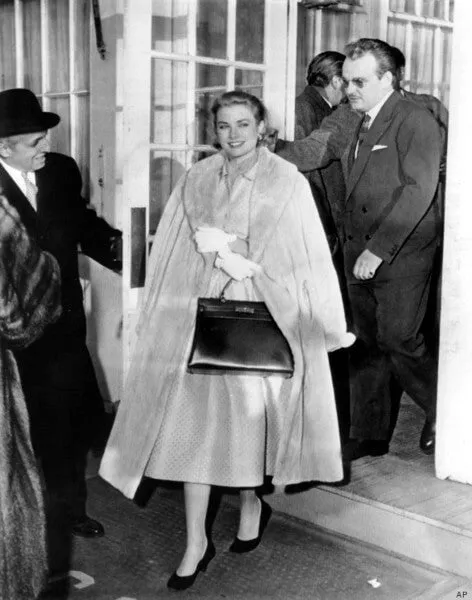
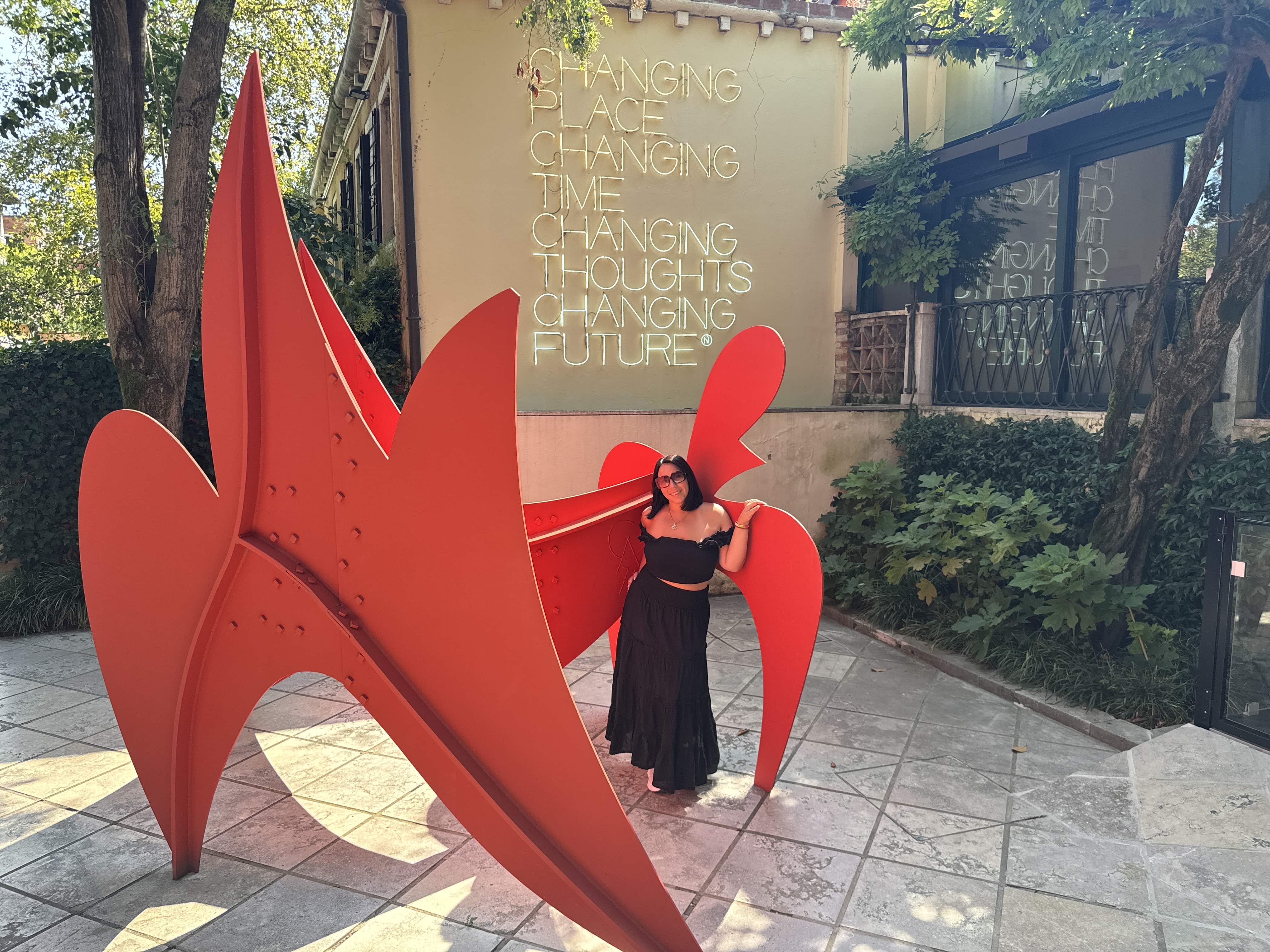
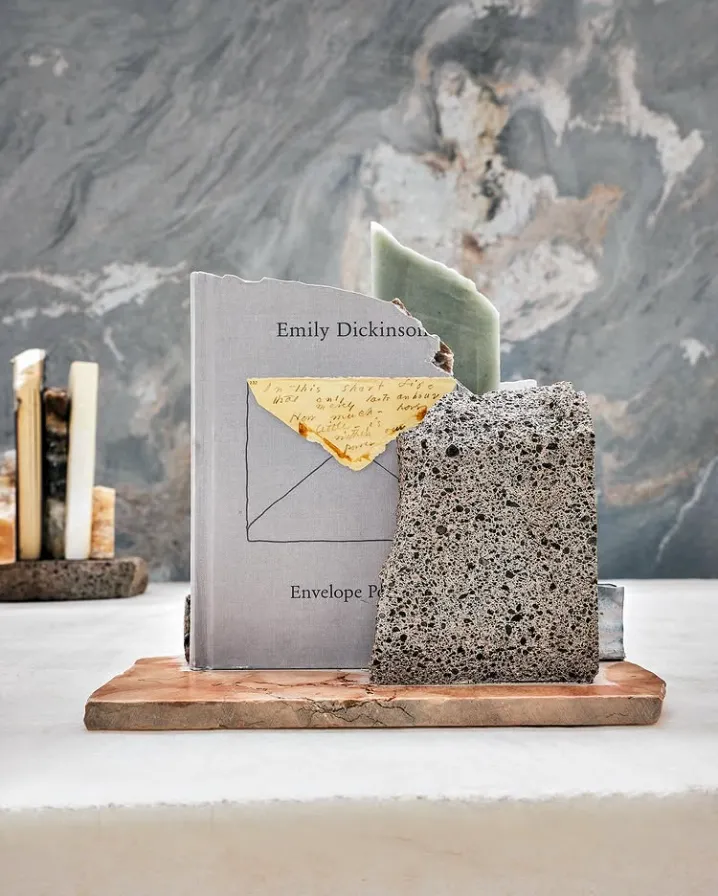
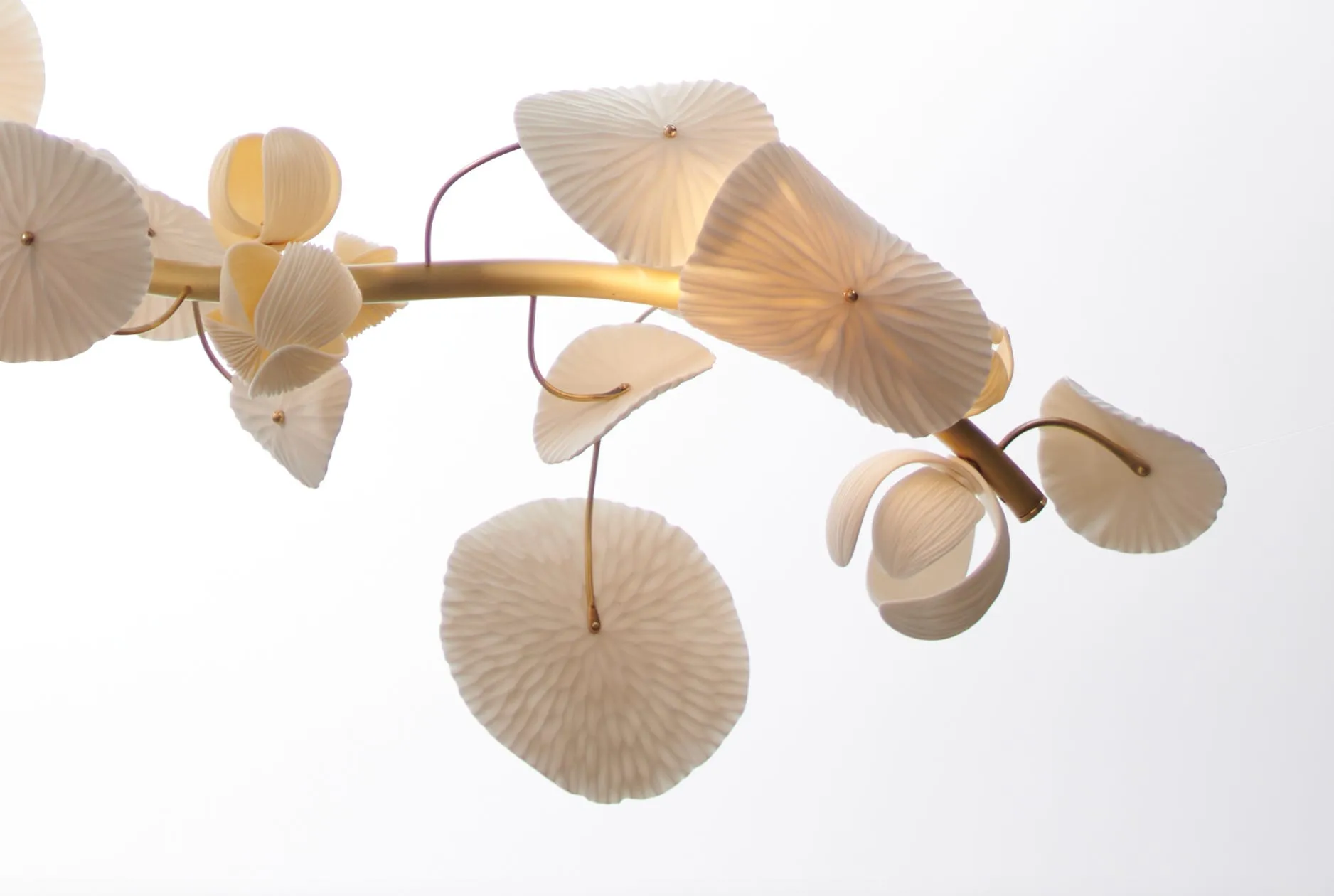

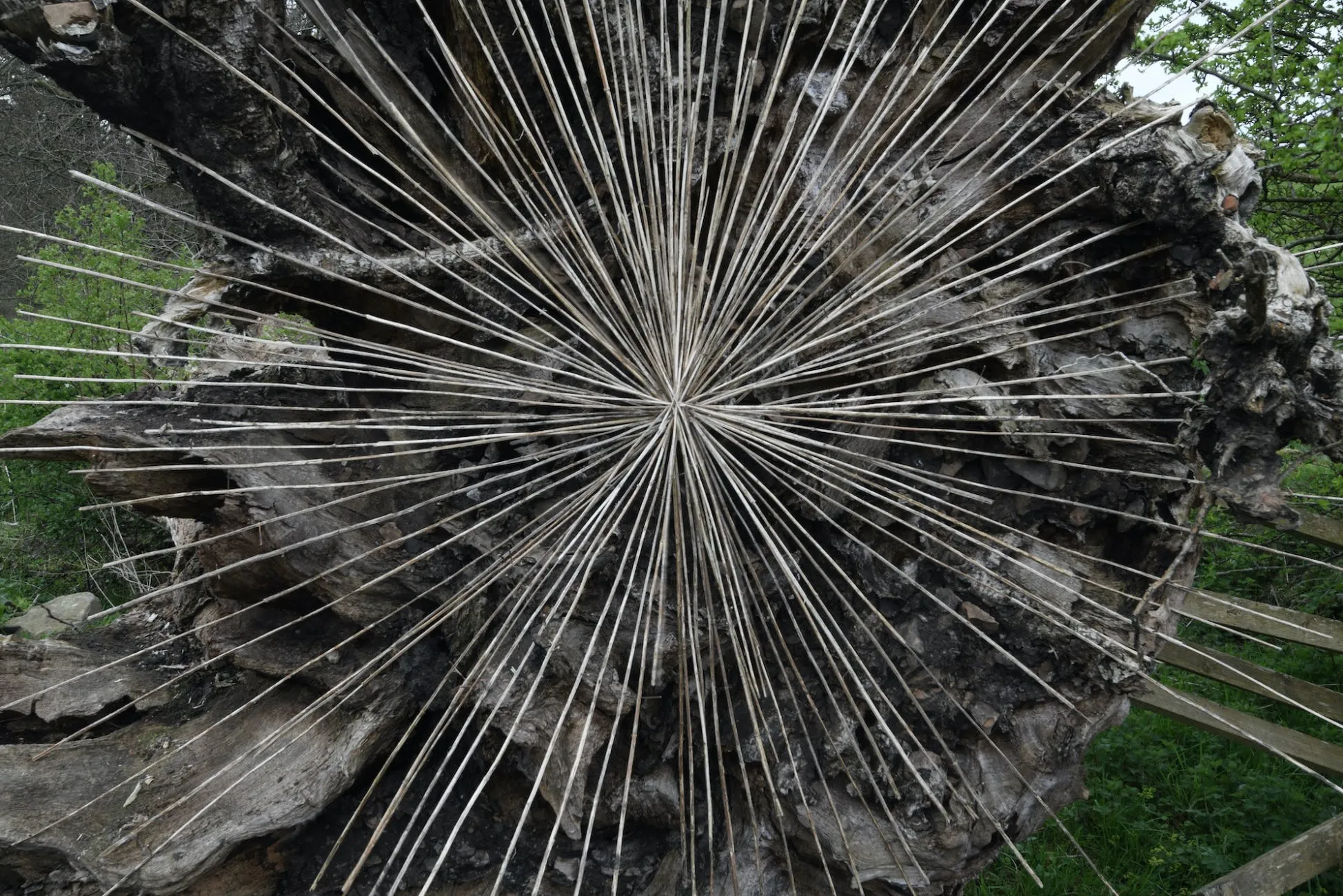
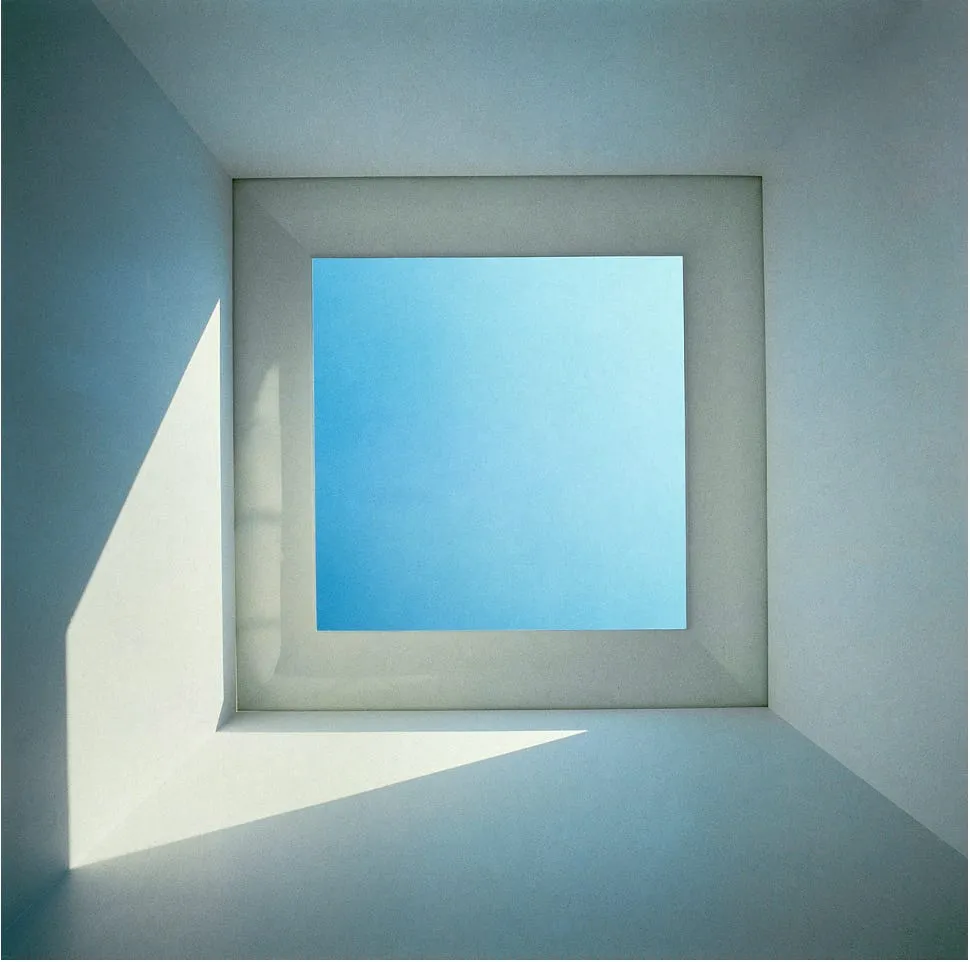
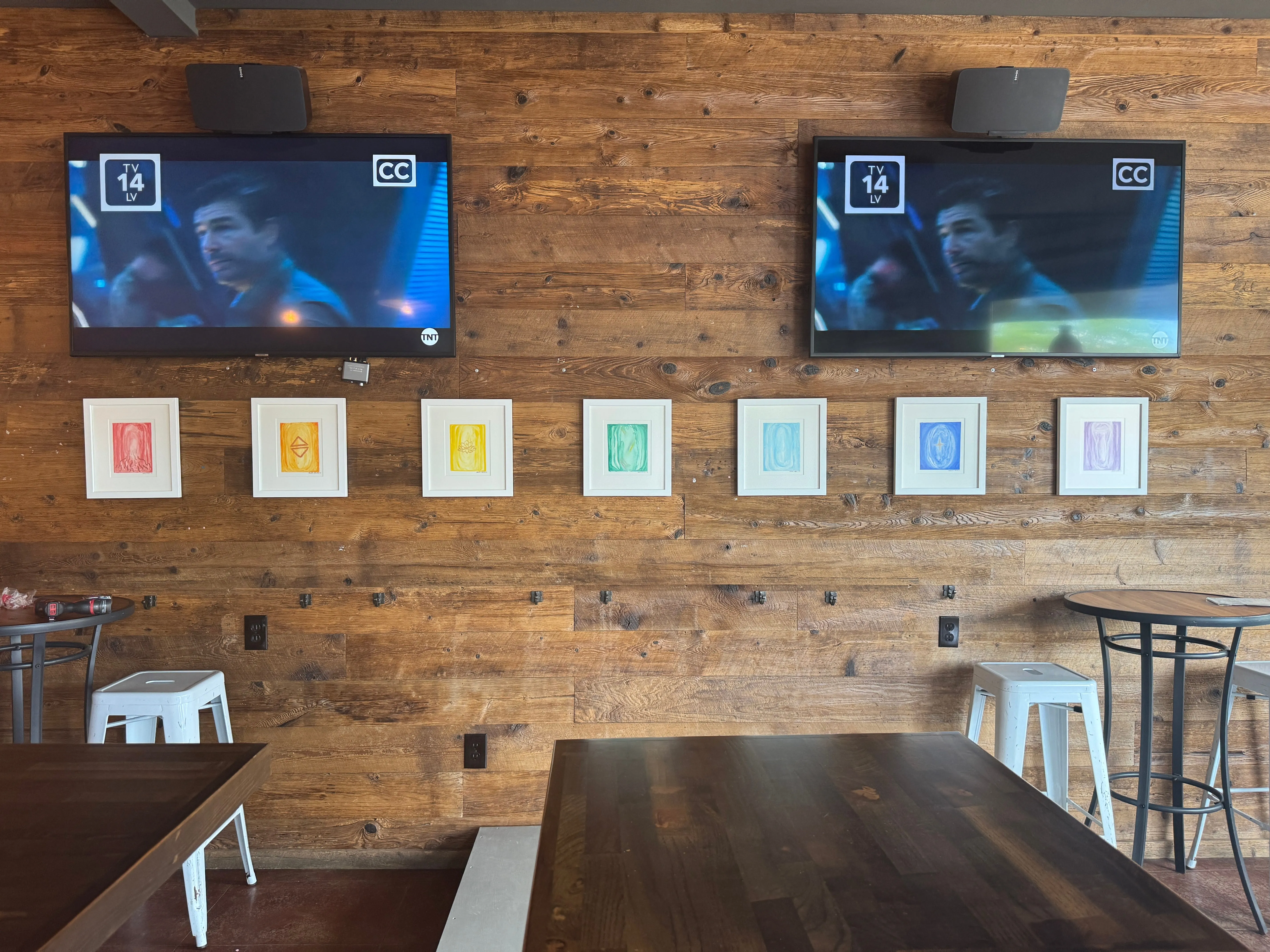
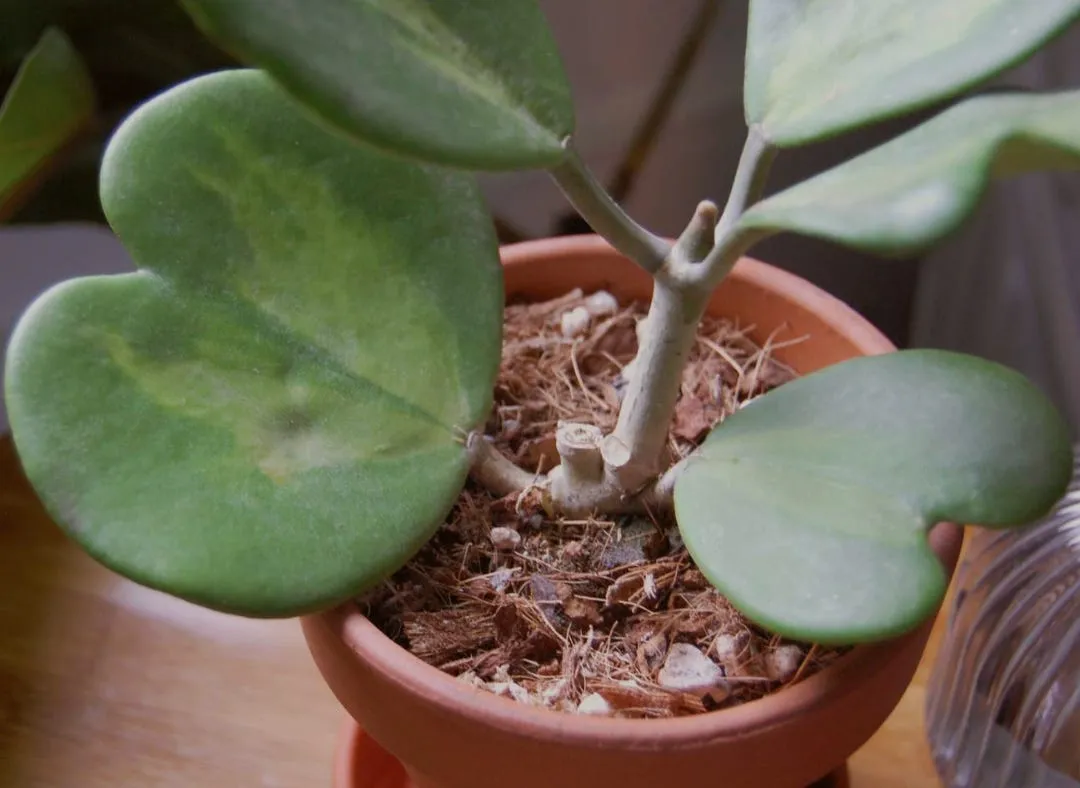
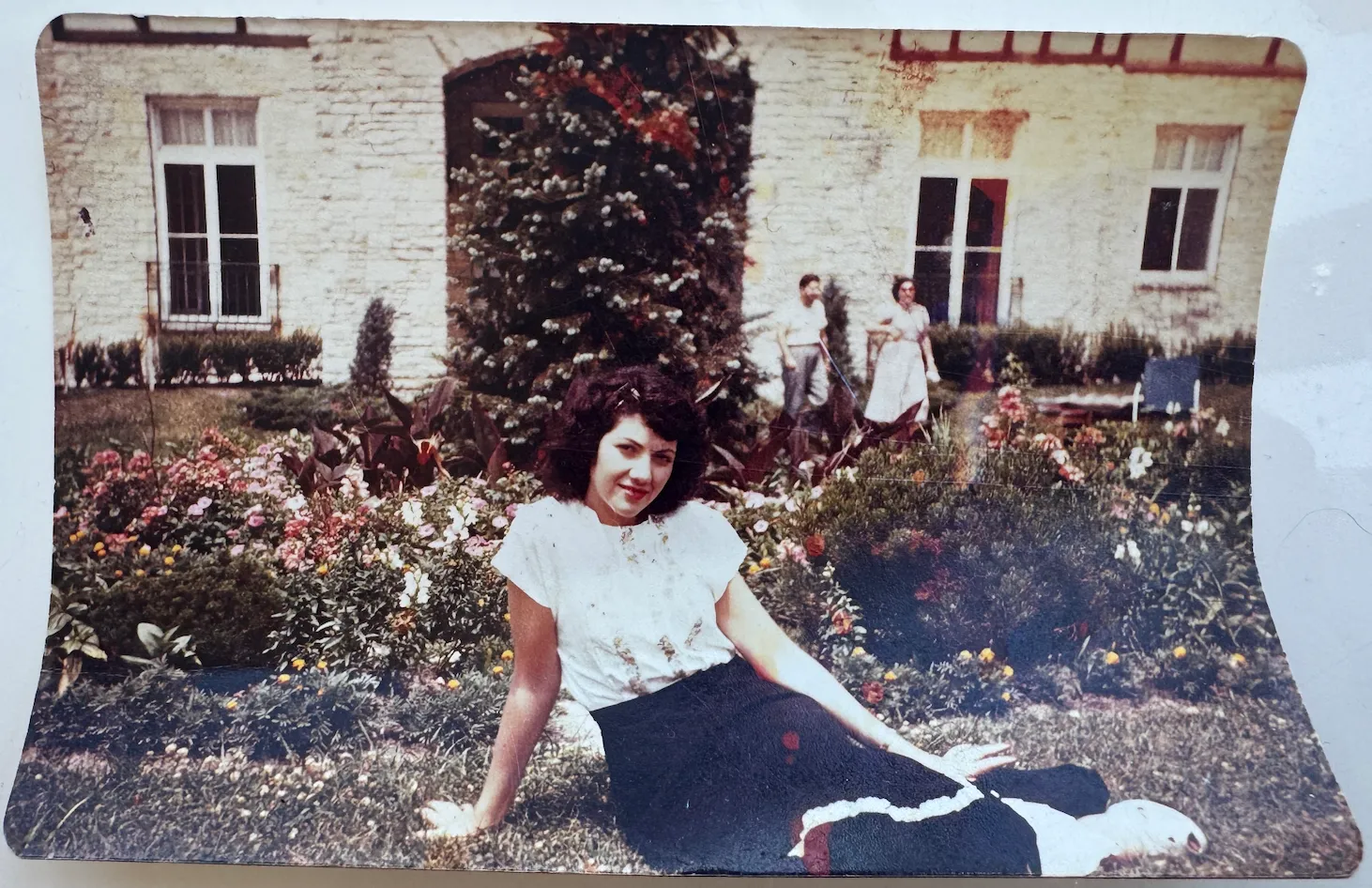

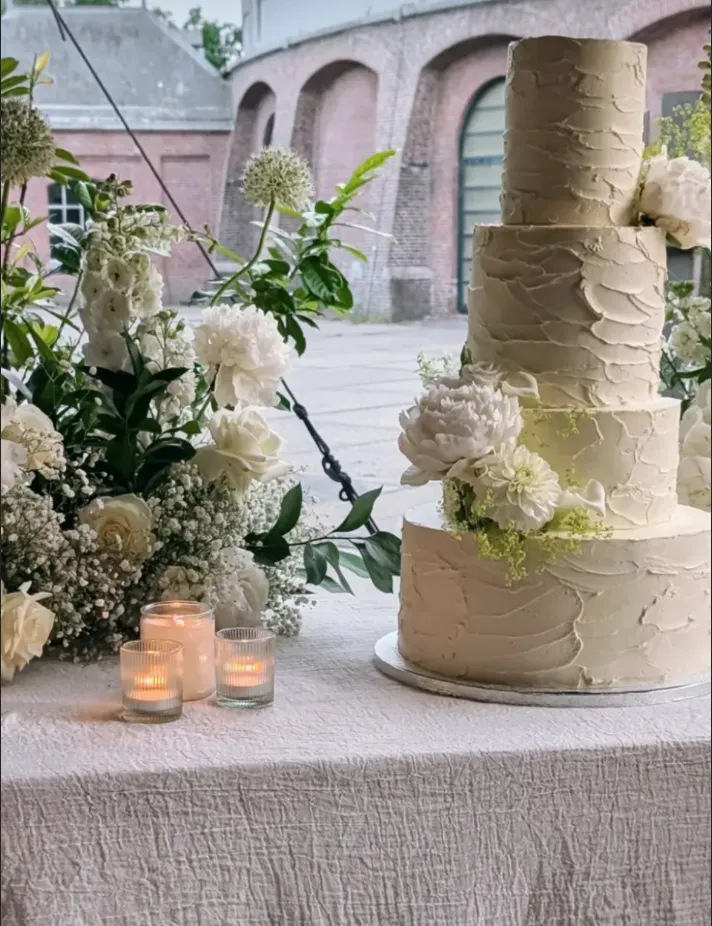
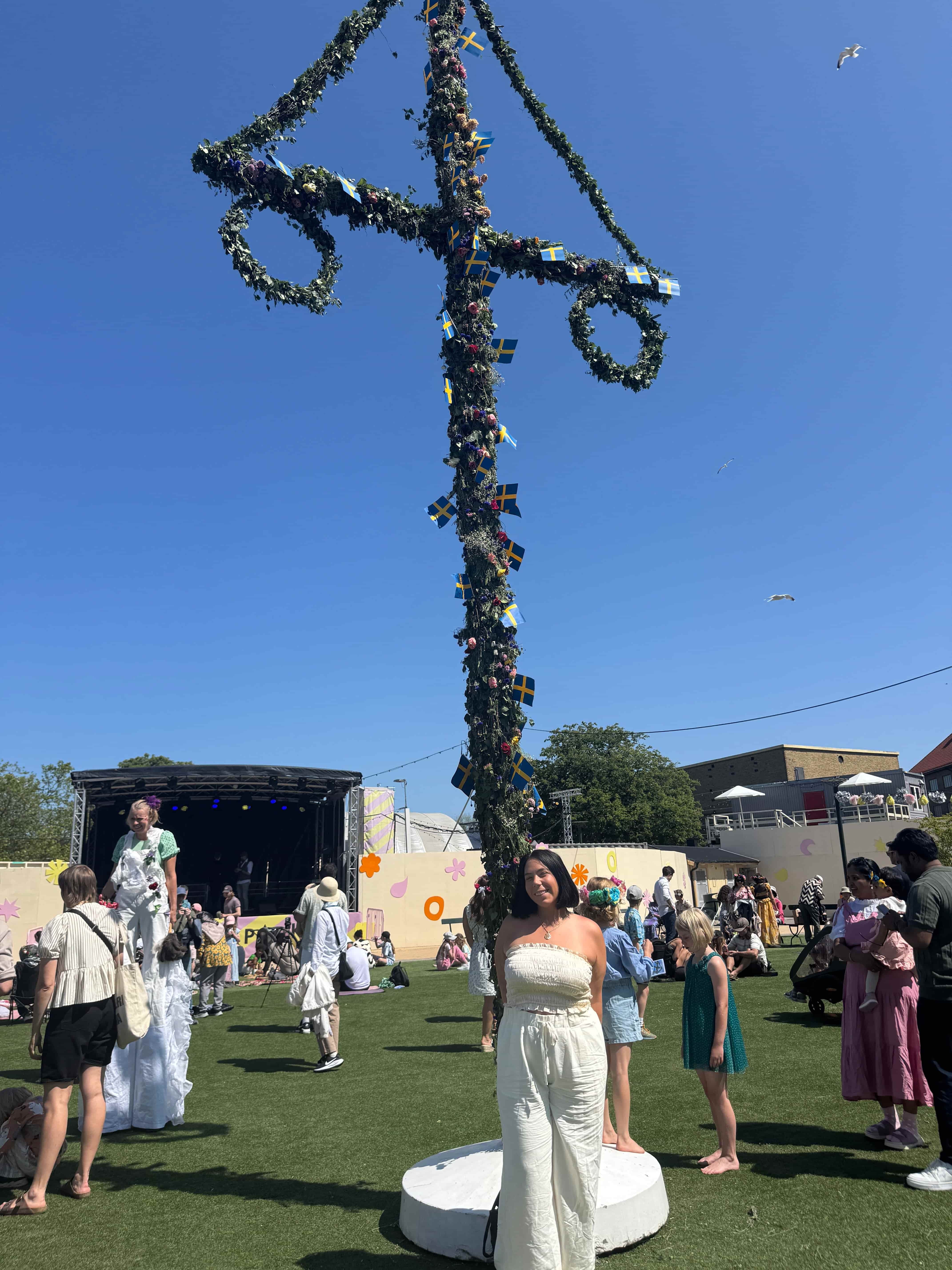

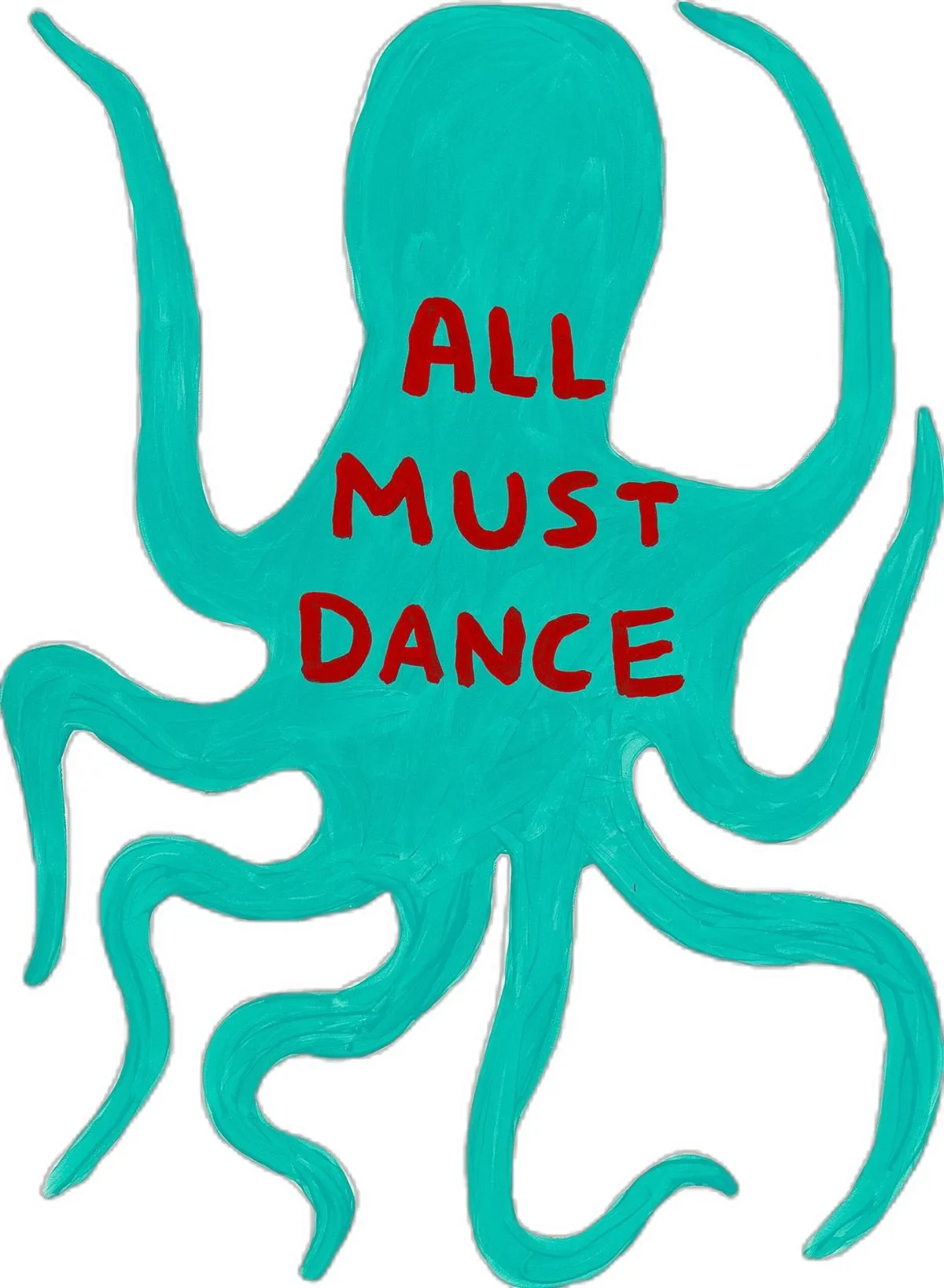


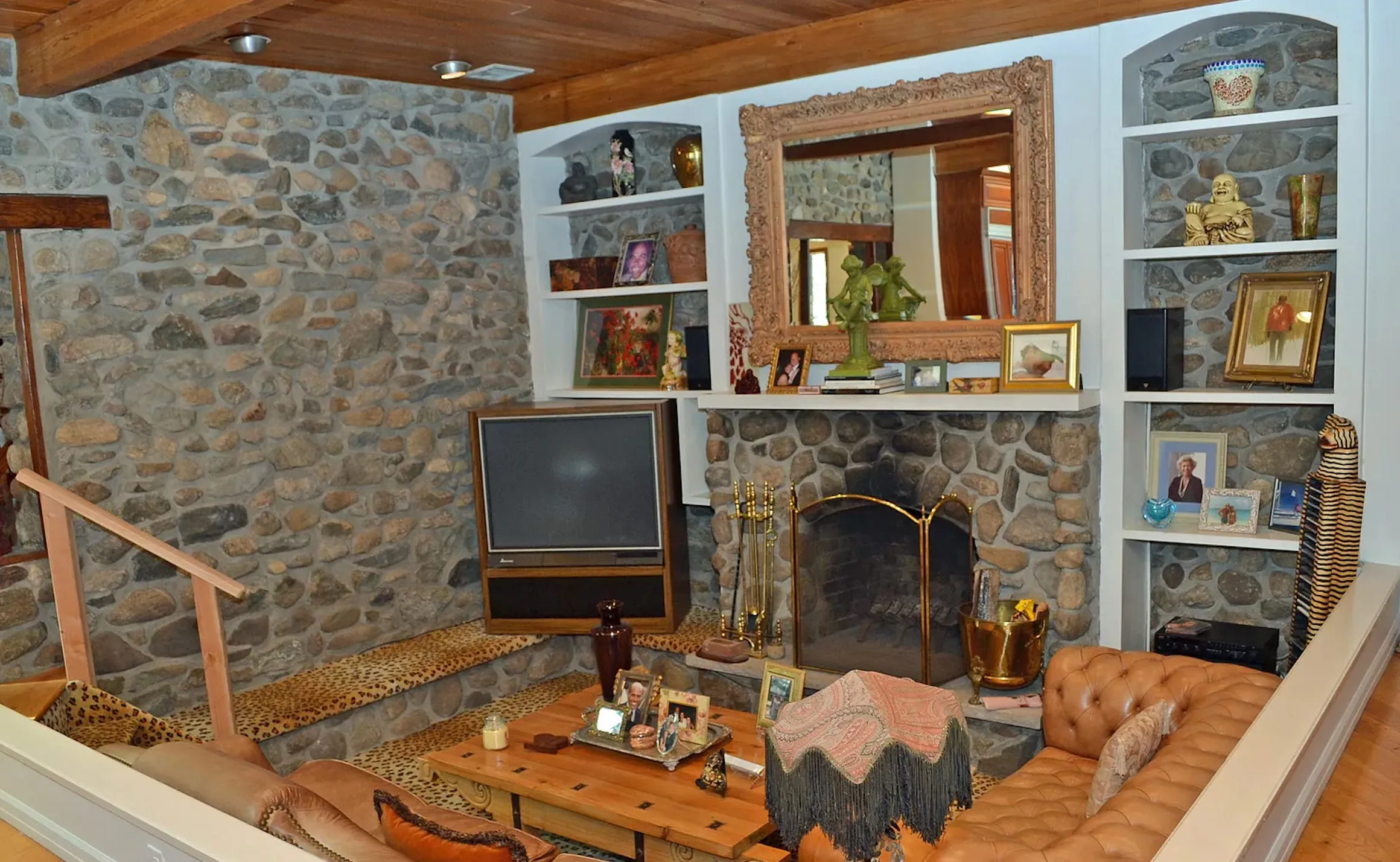
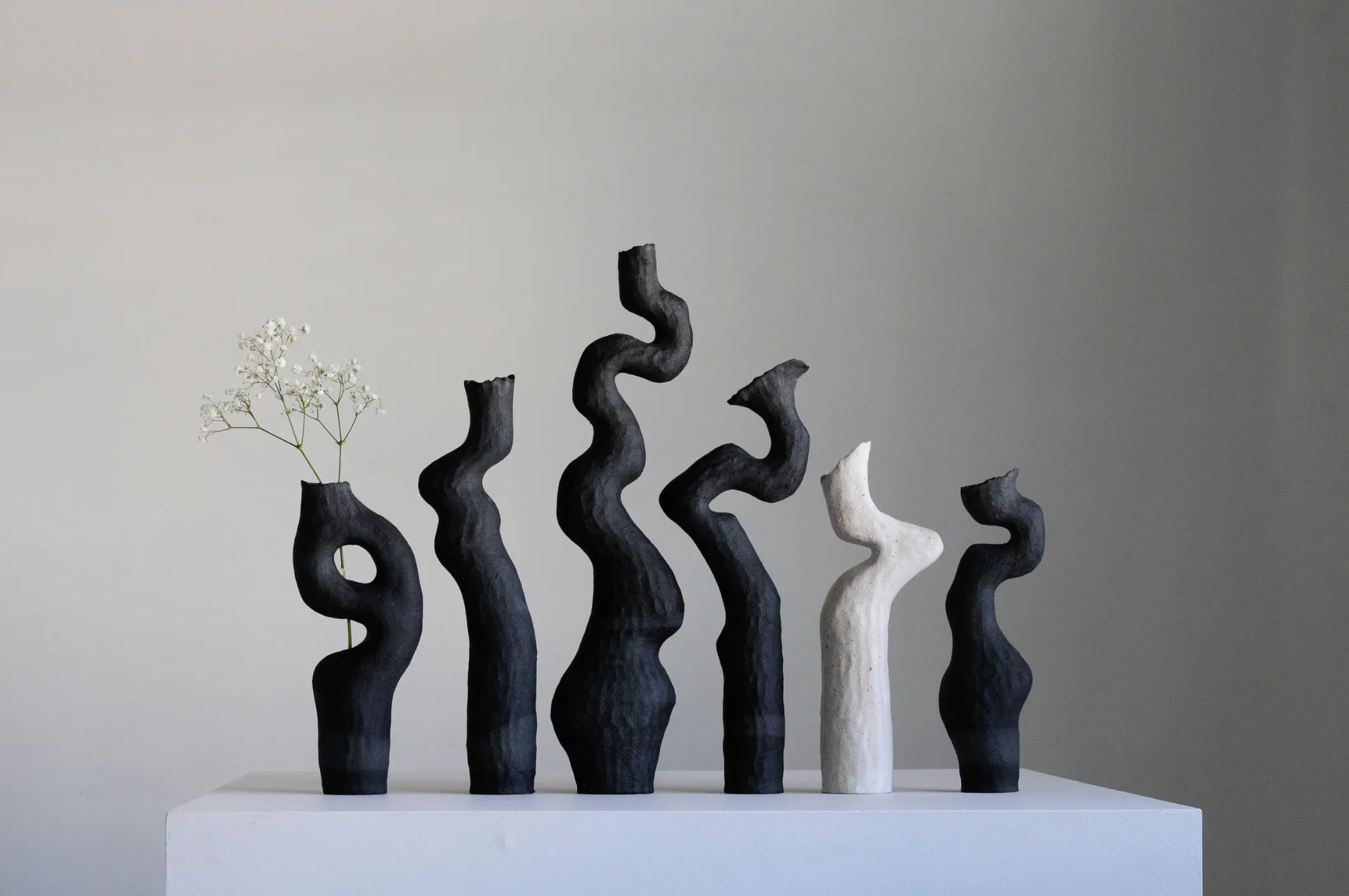

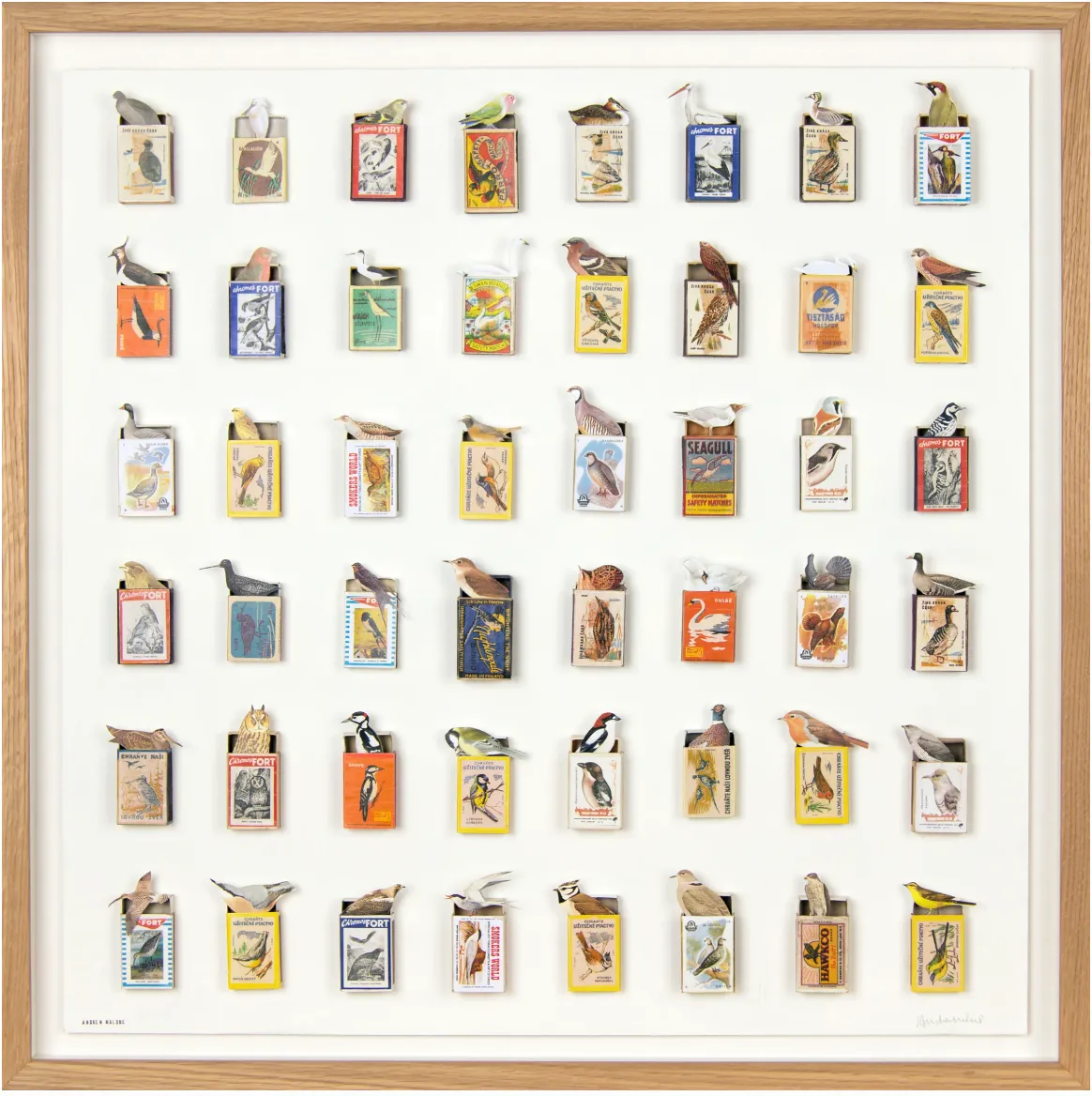

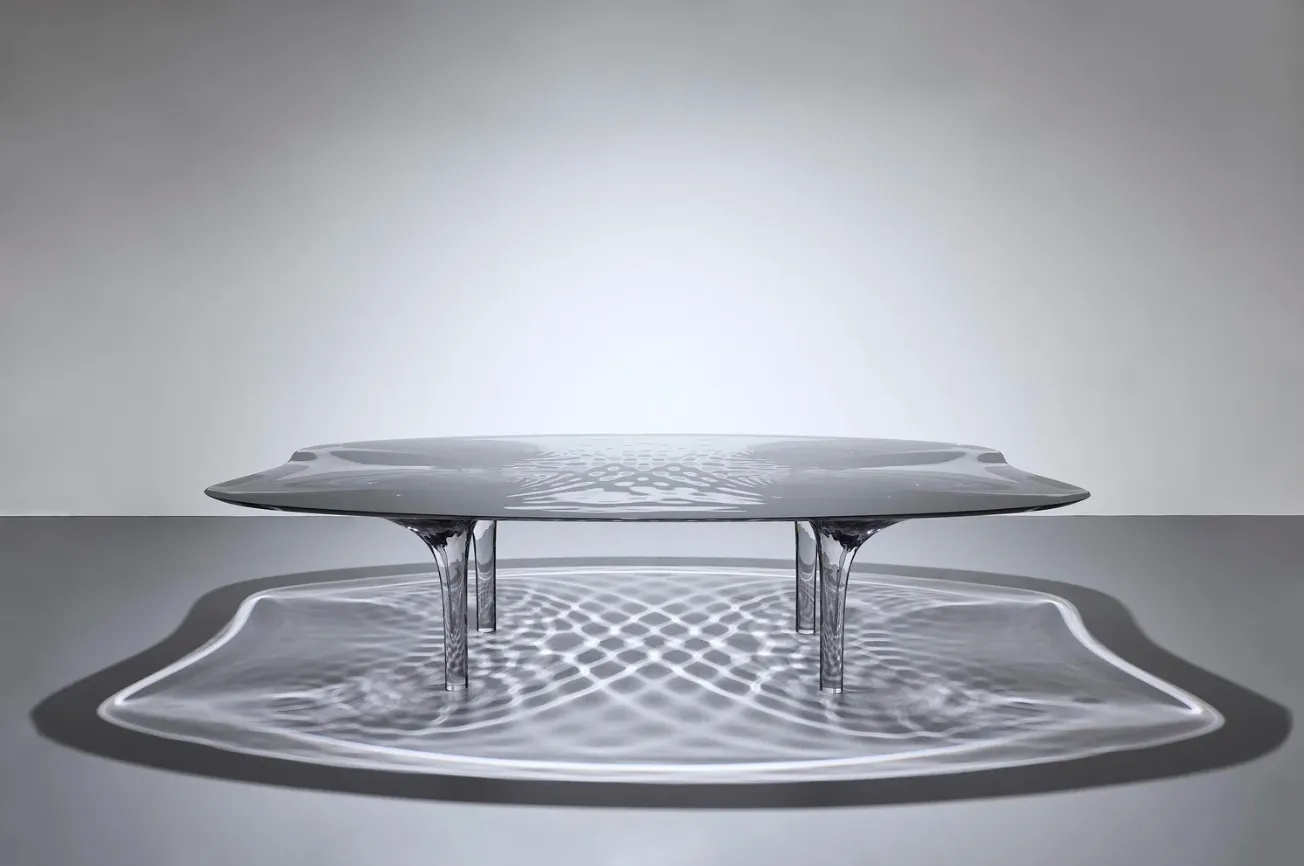
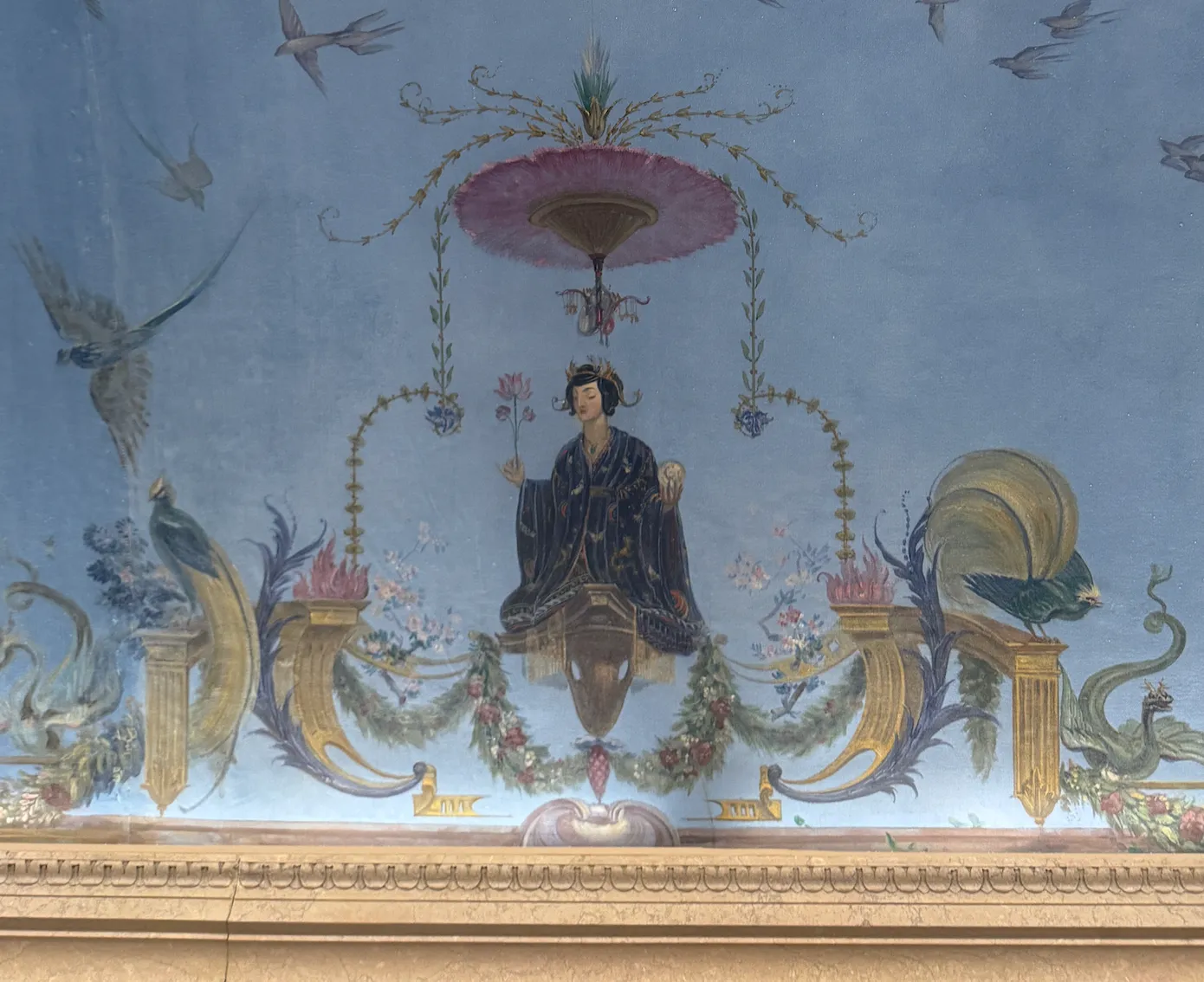
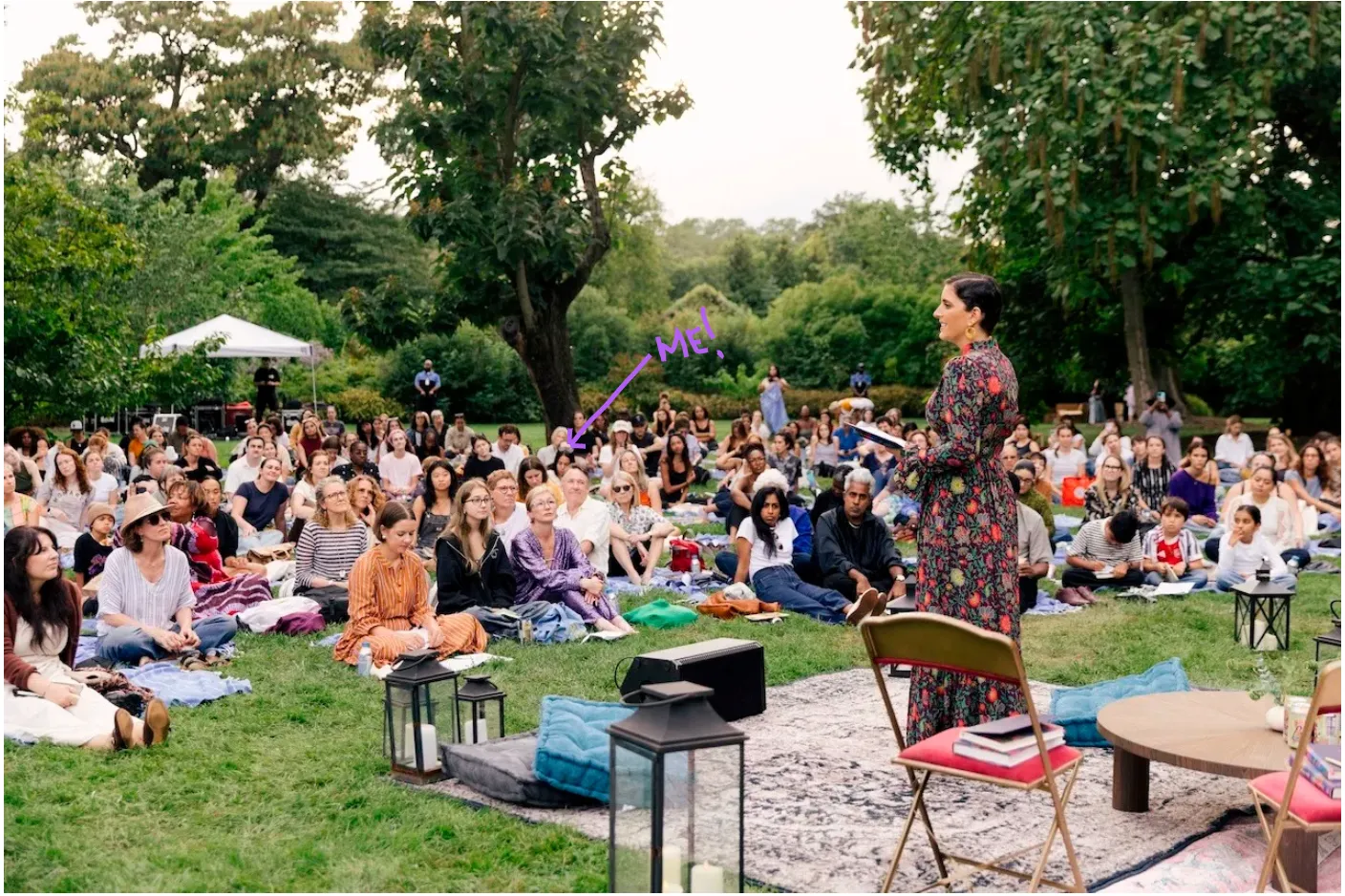
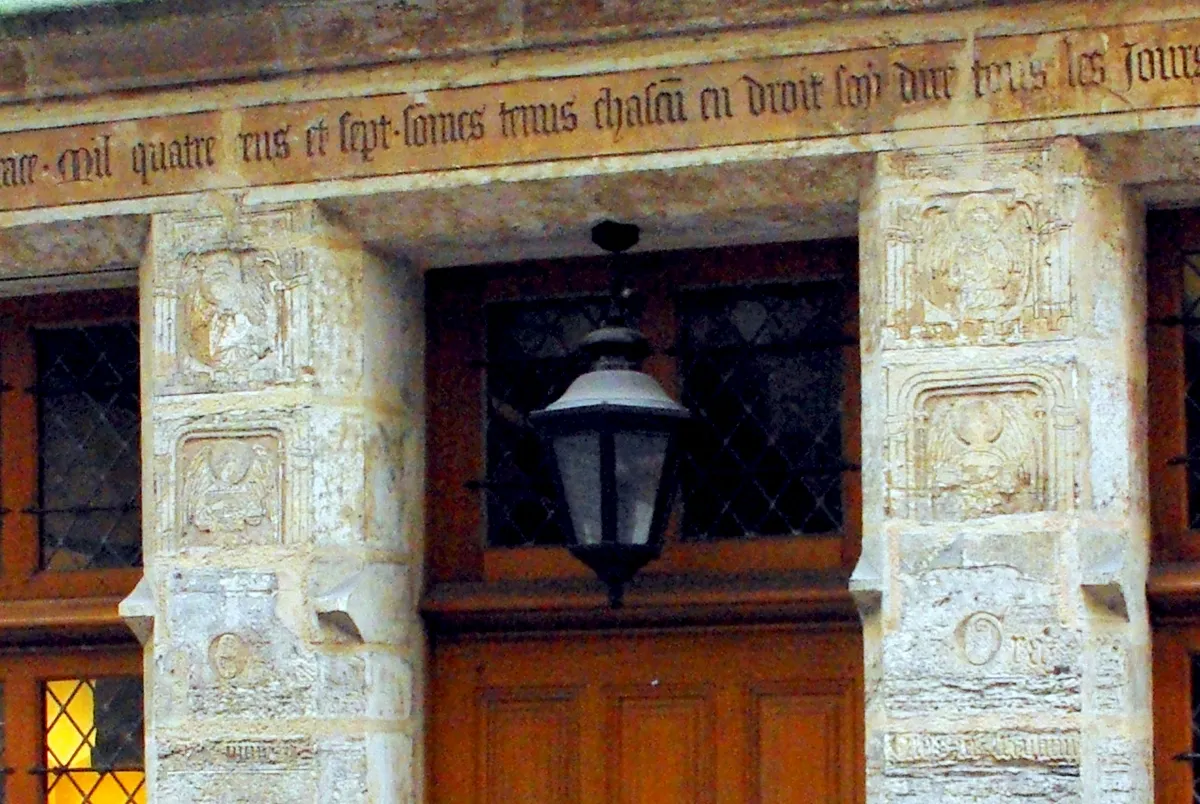

.webp)
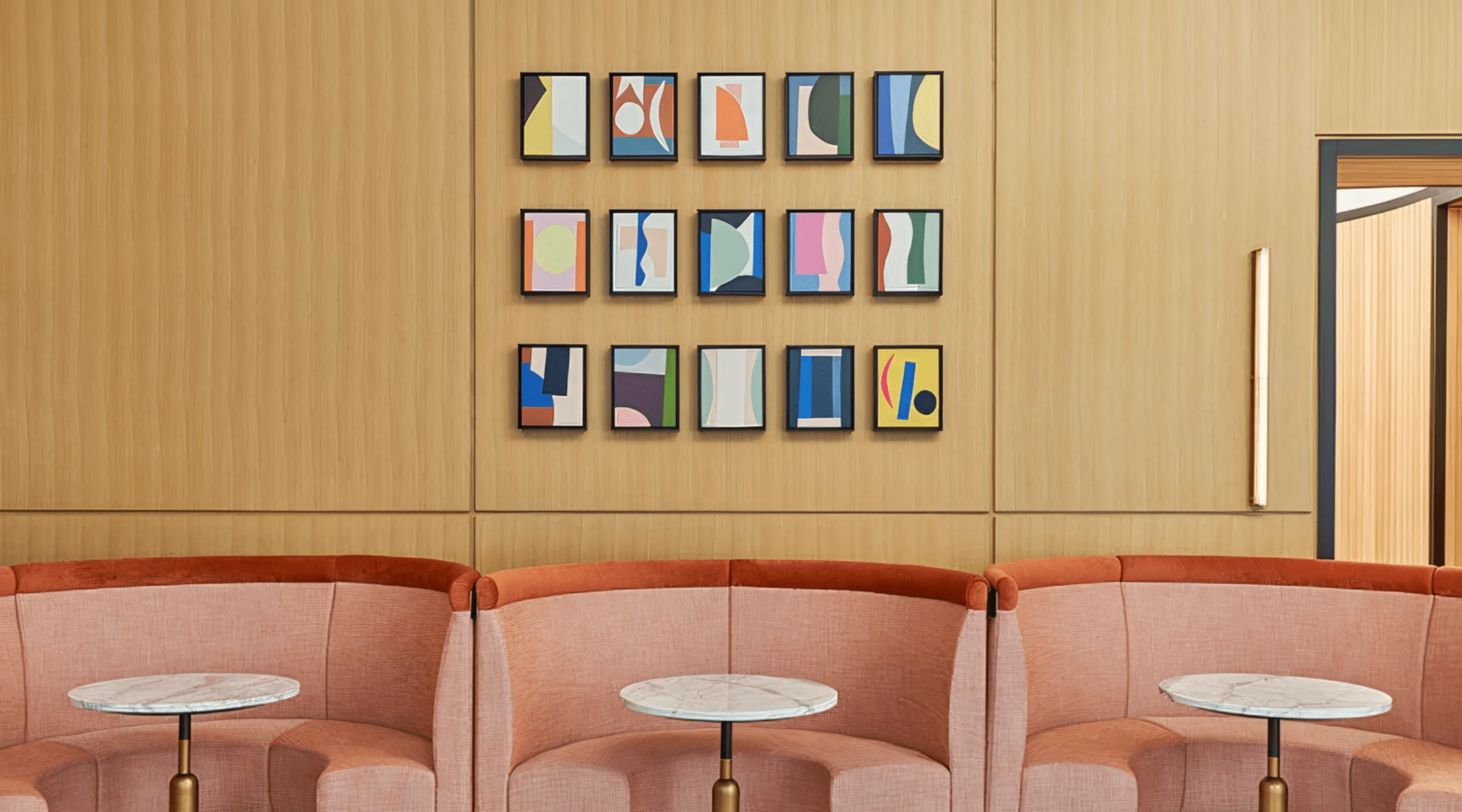
.webp)
.webp)
.webp)
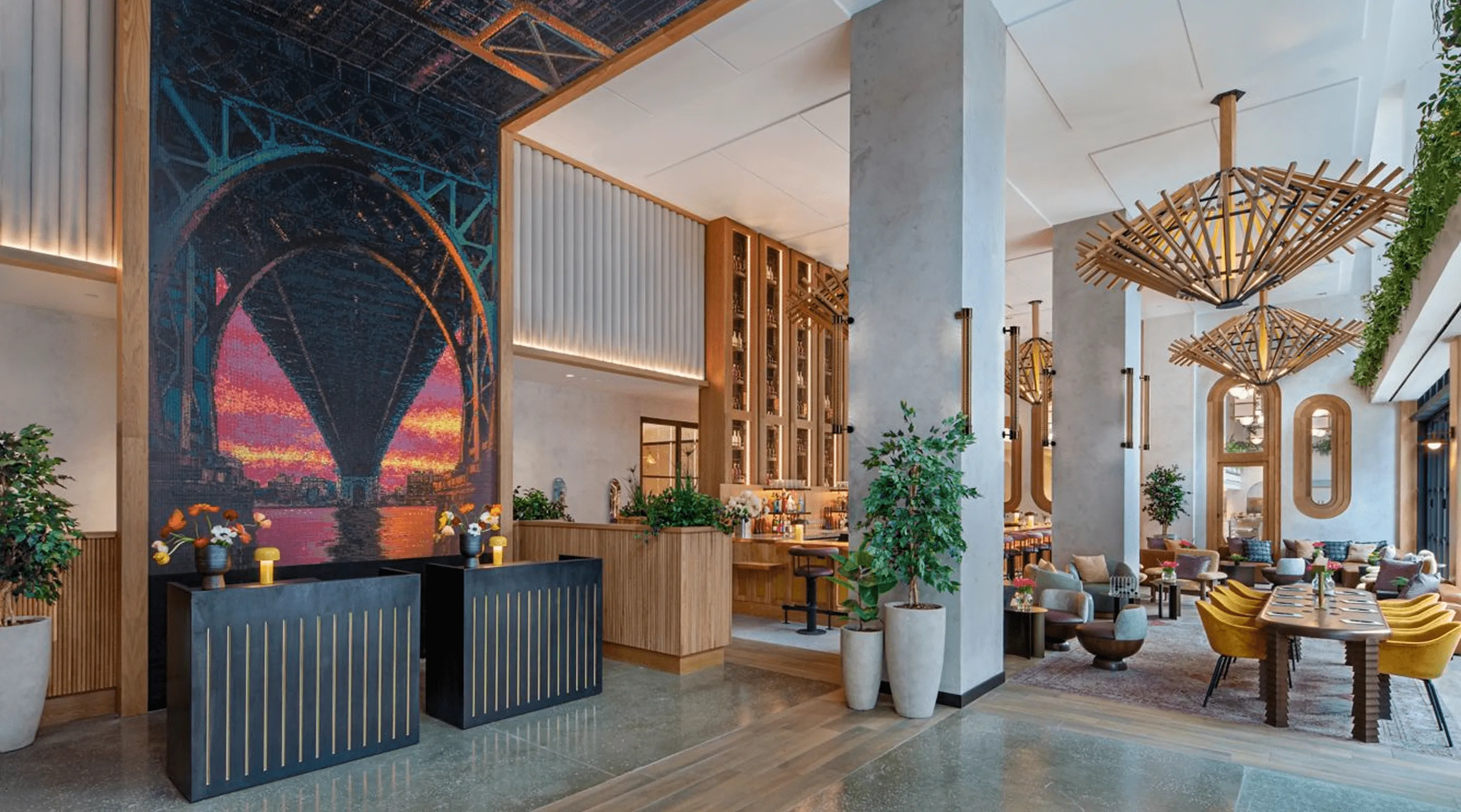
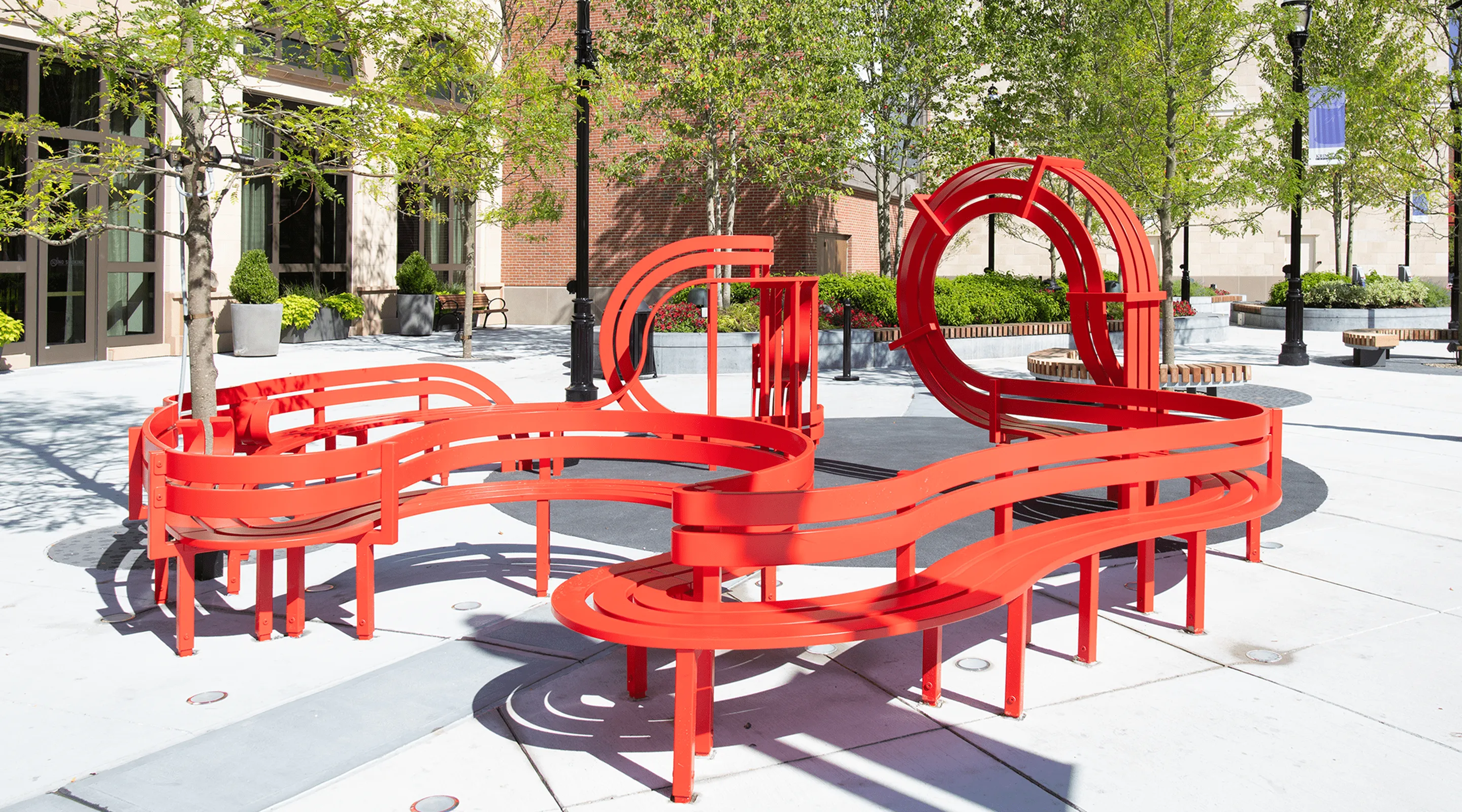
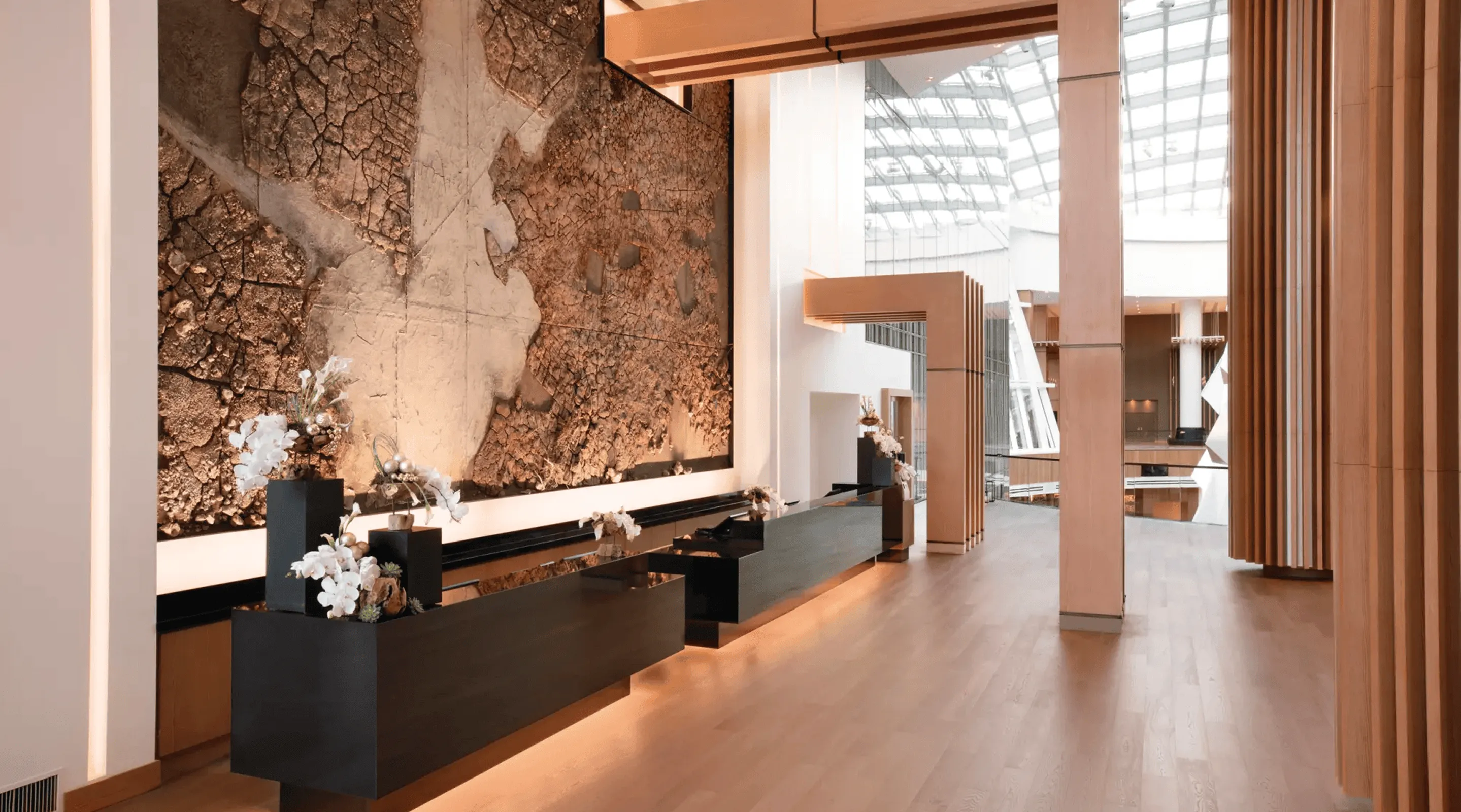
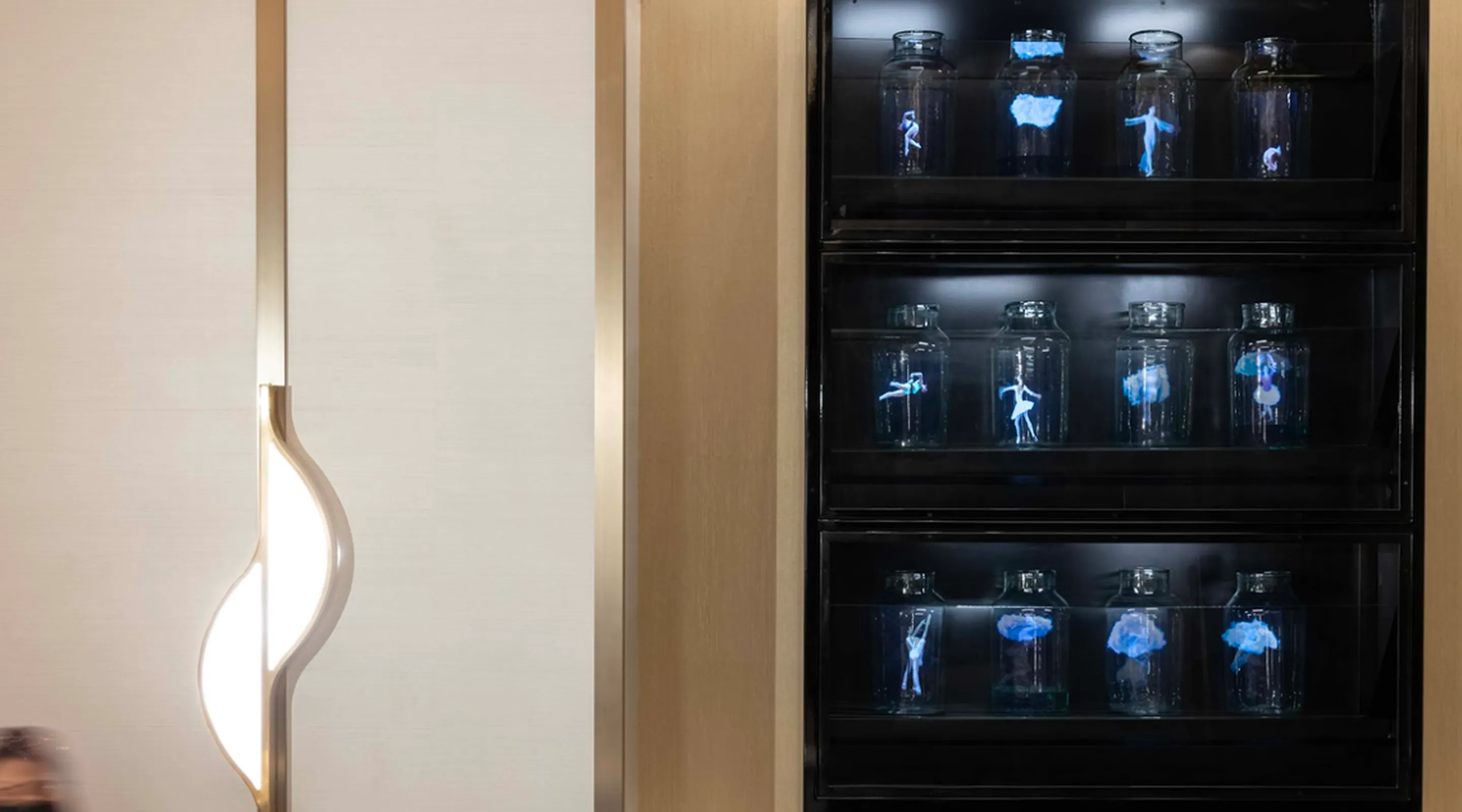
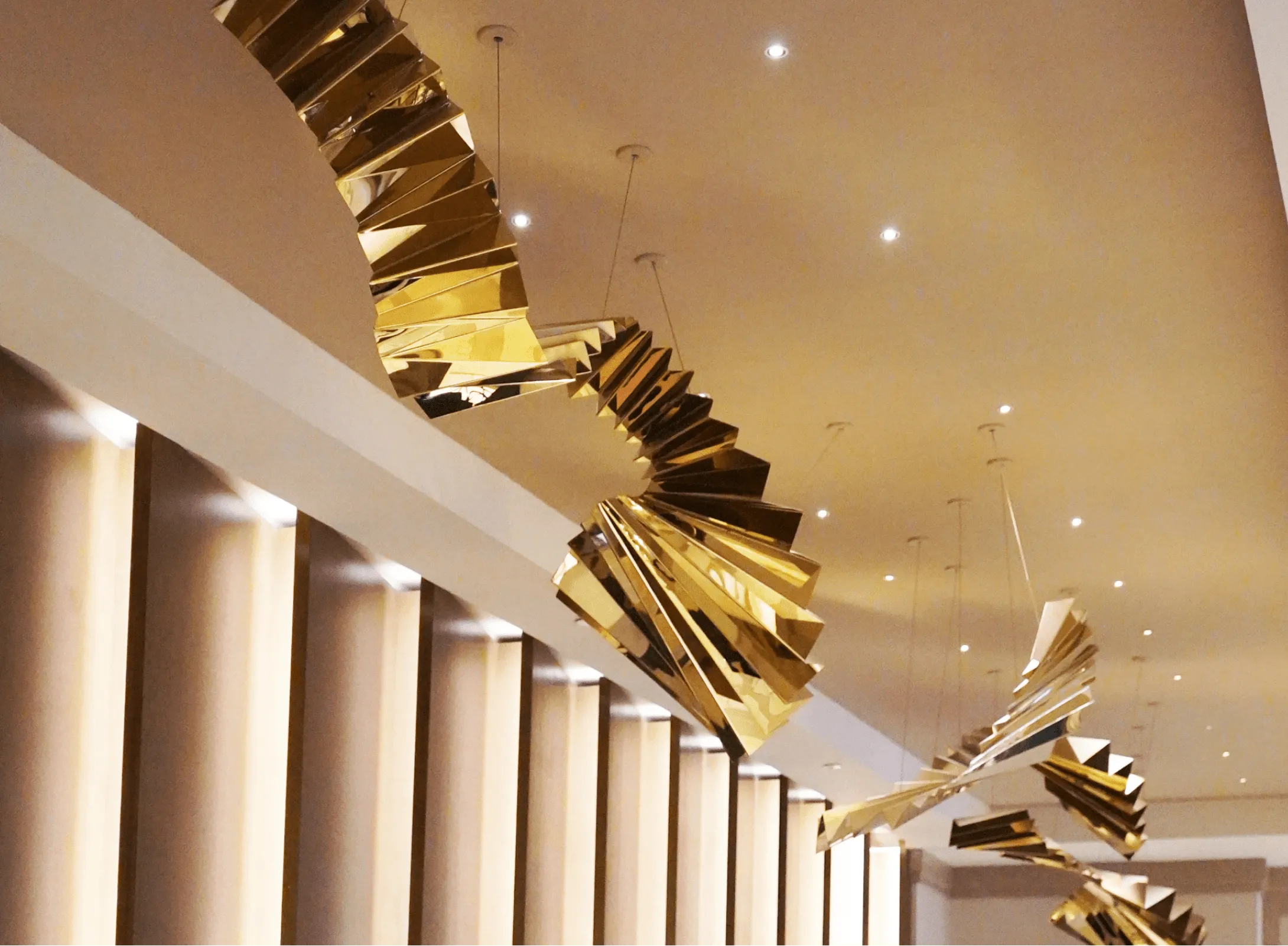
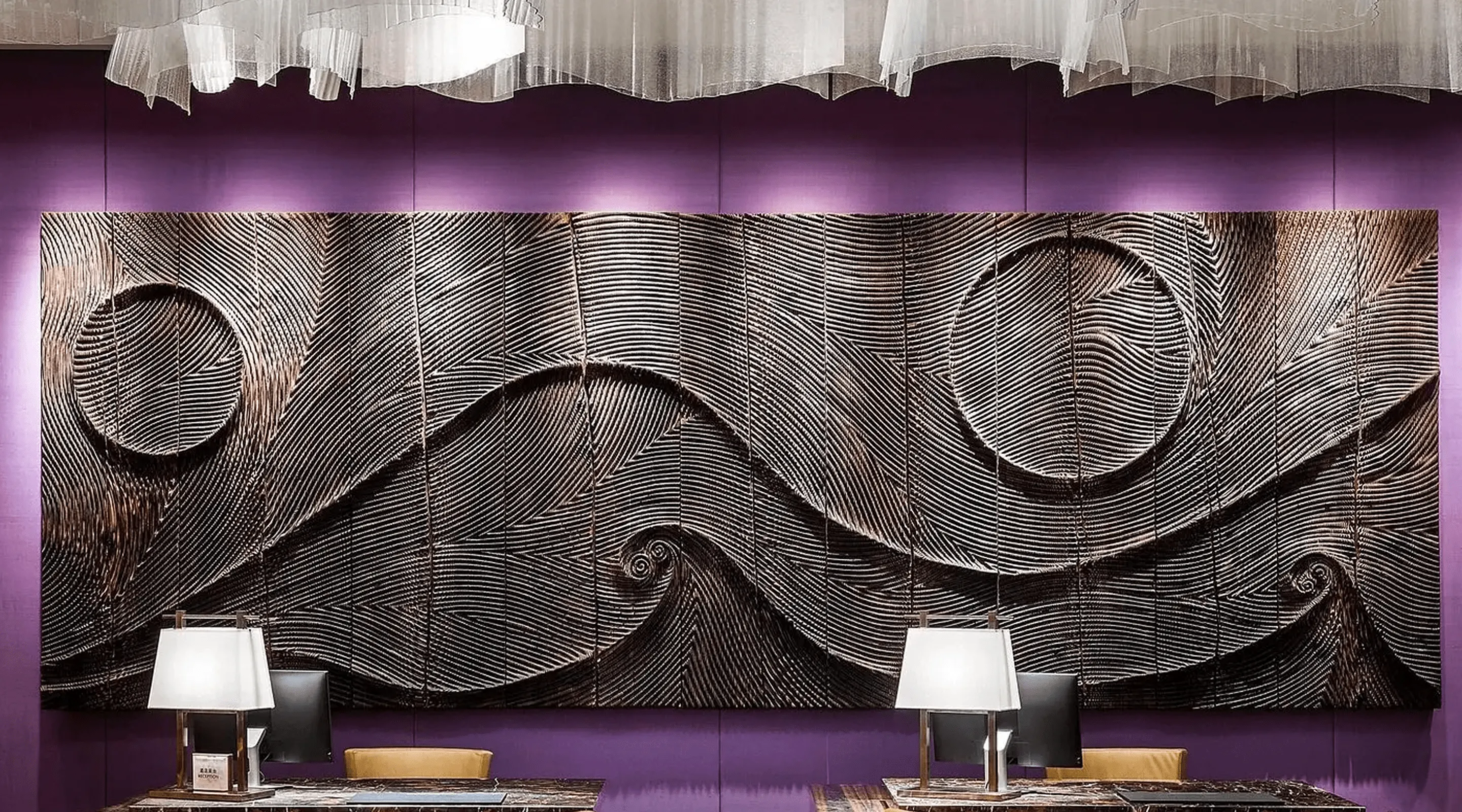
-min.webp)